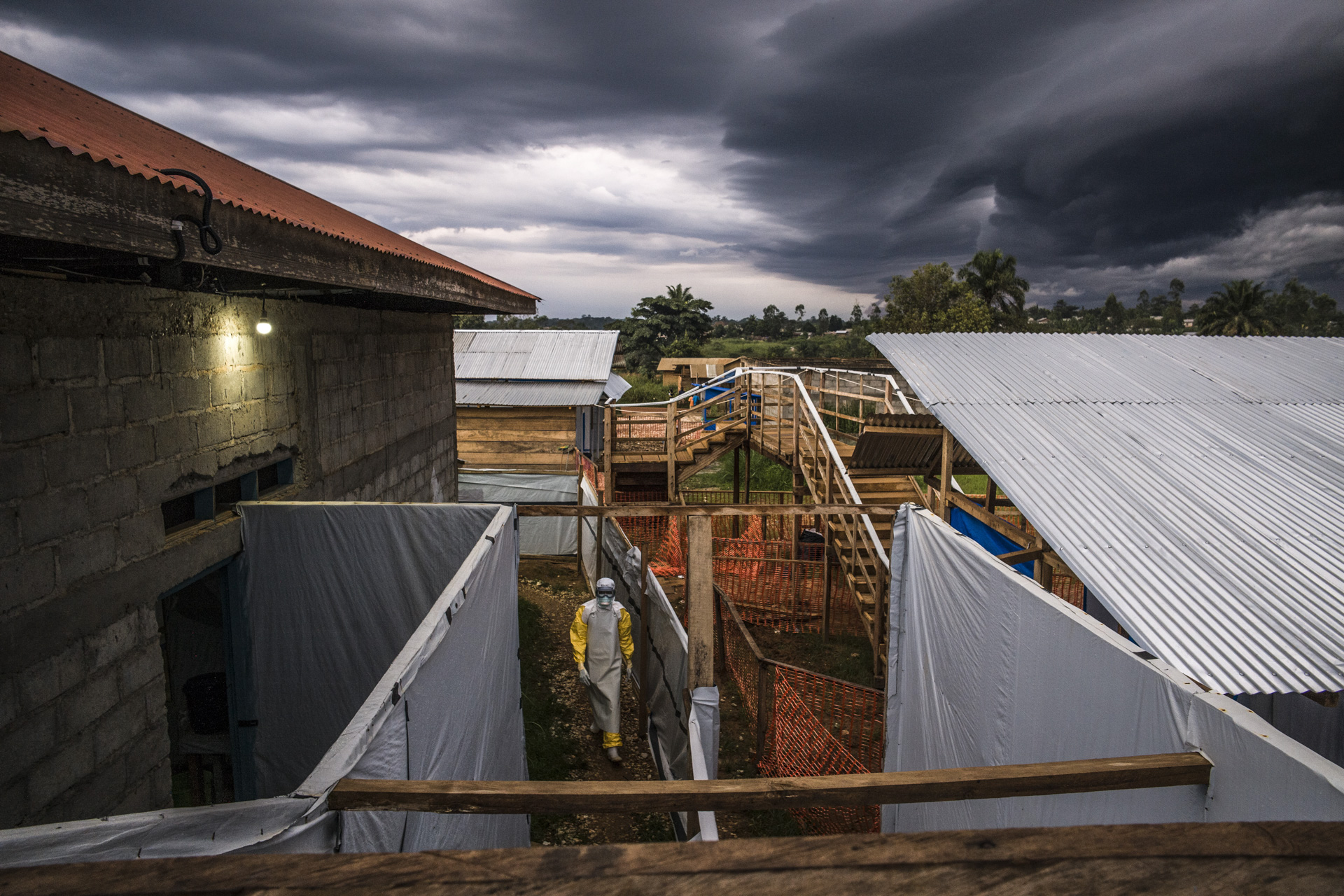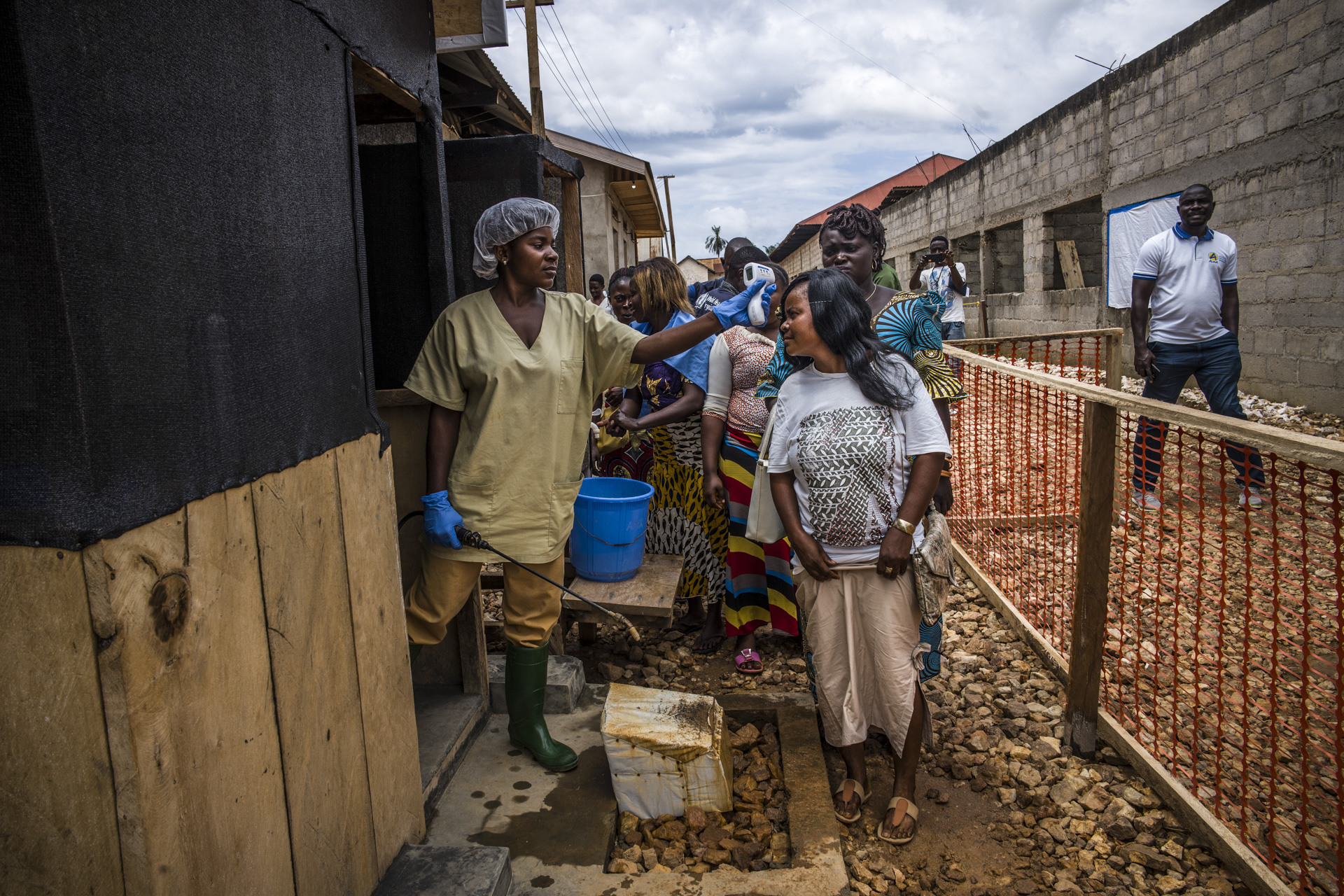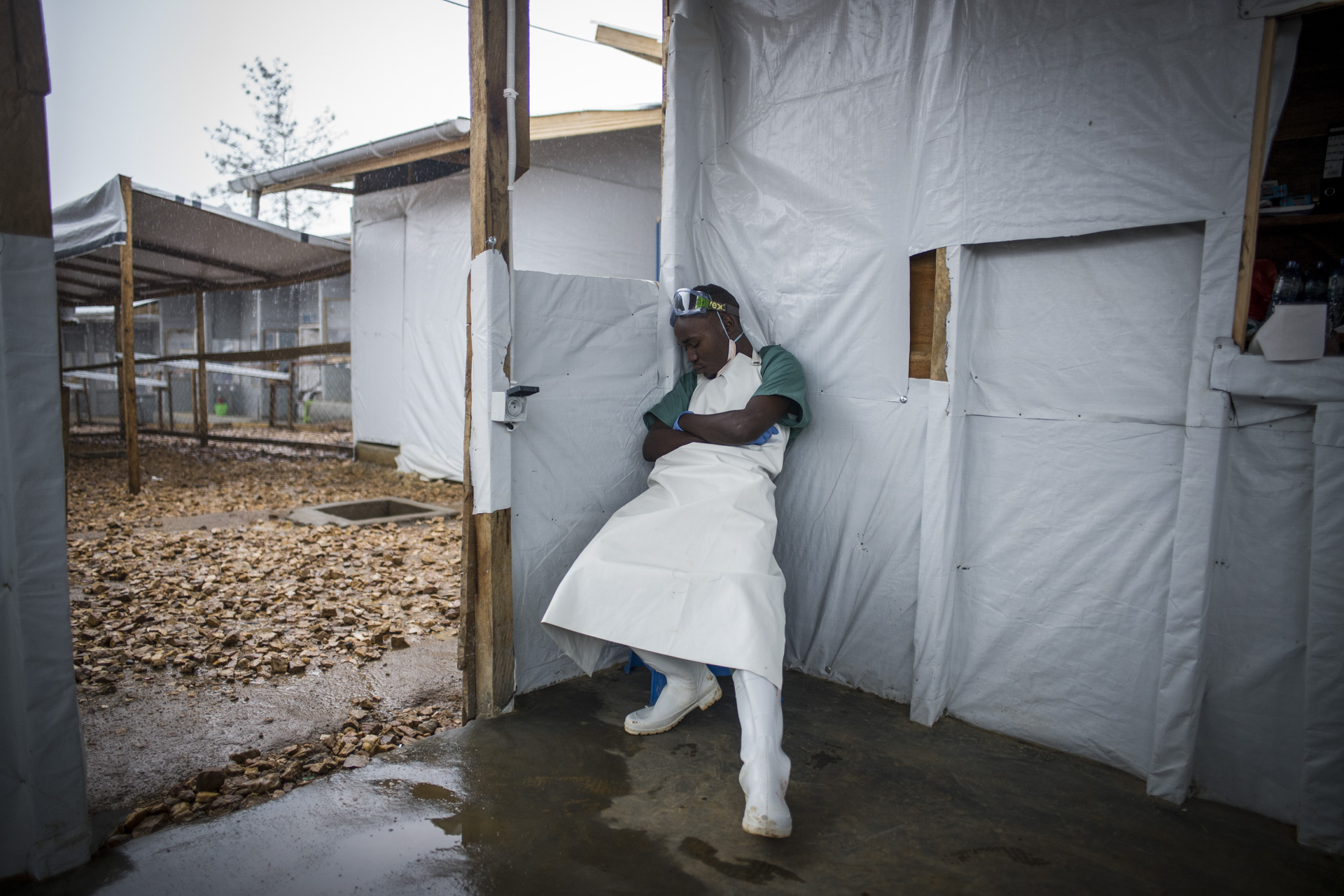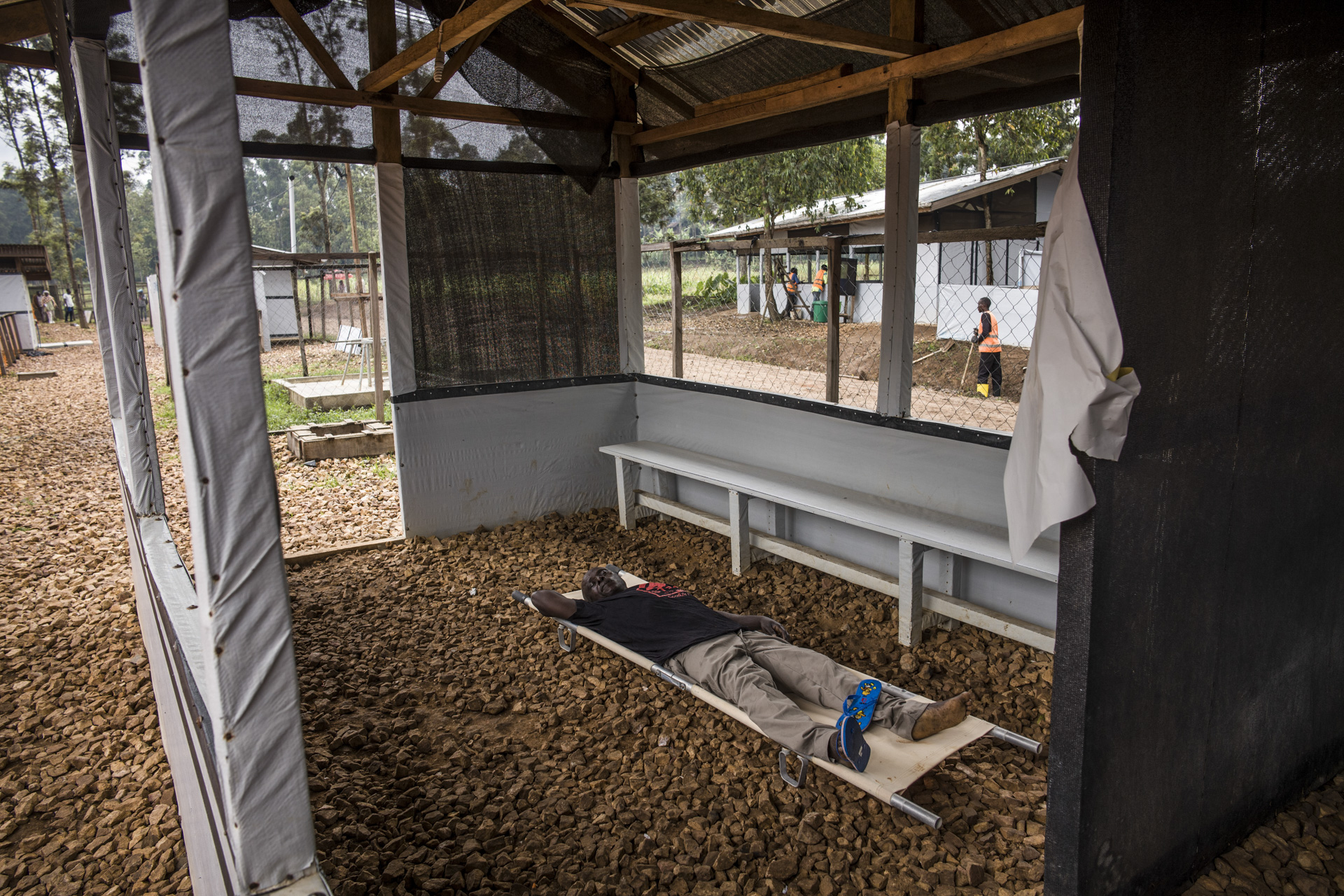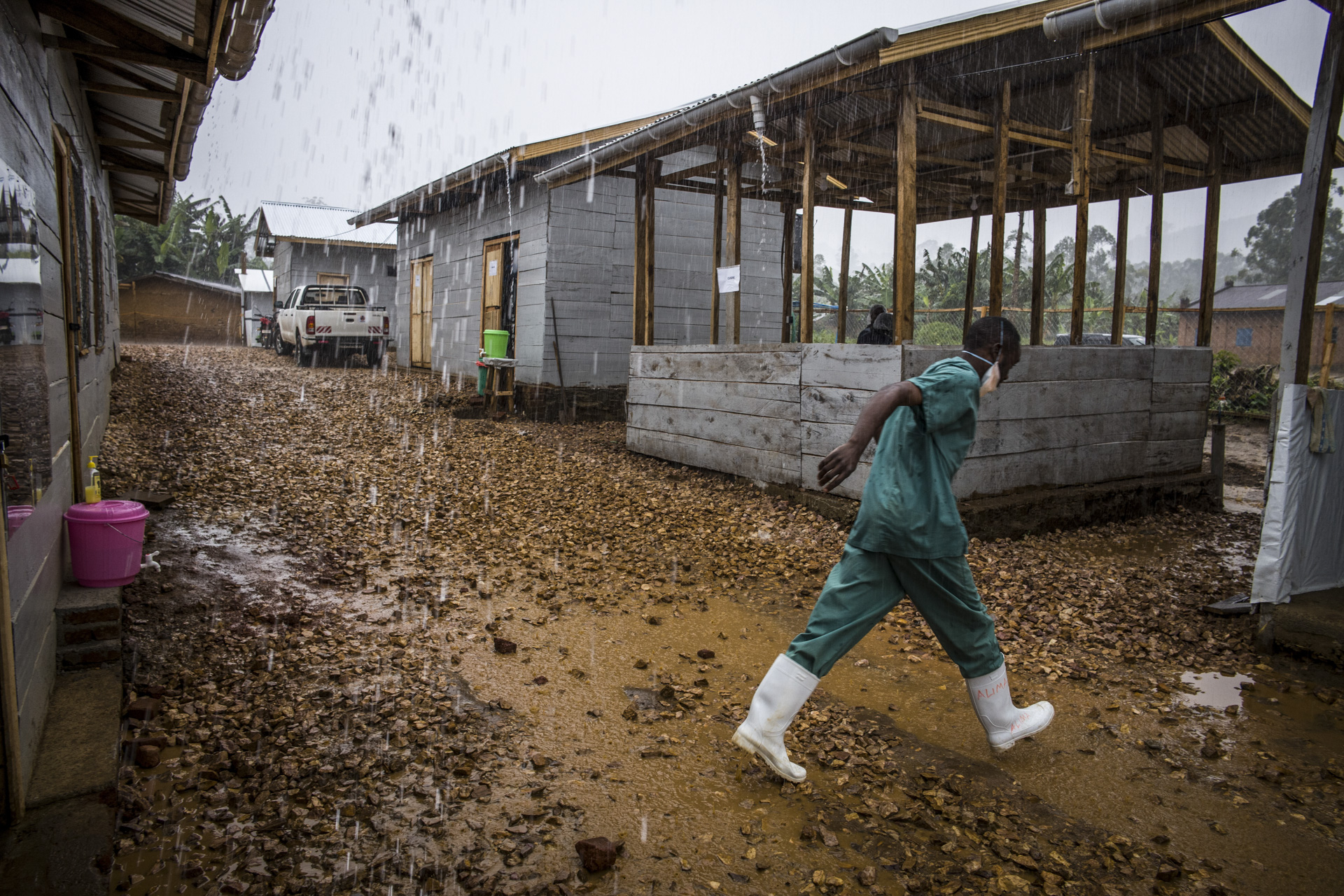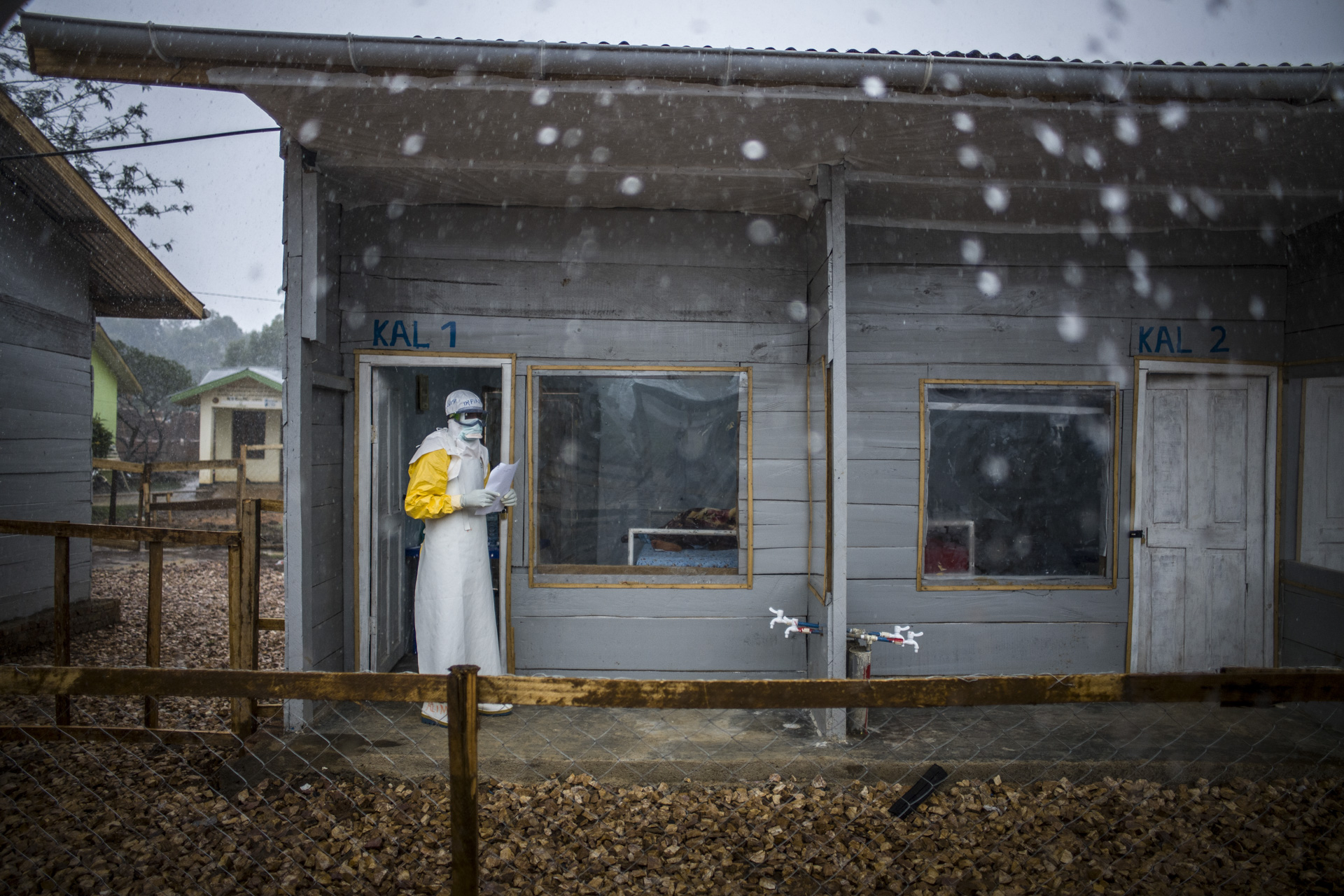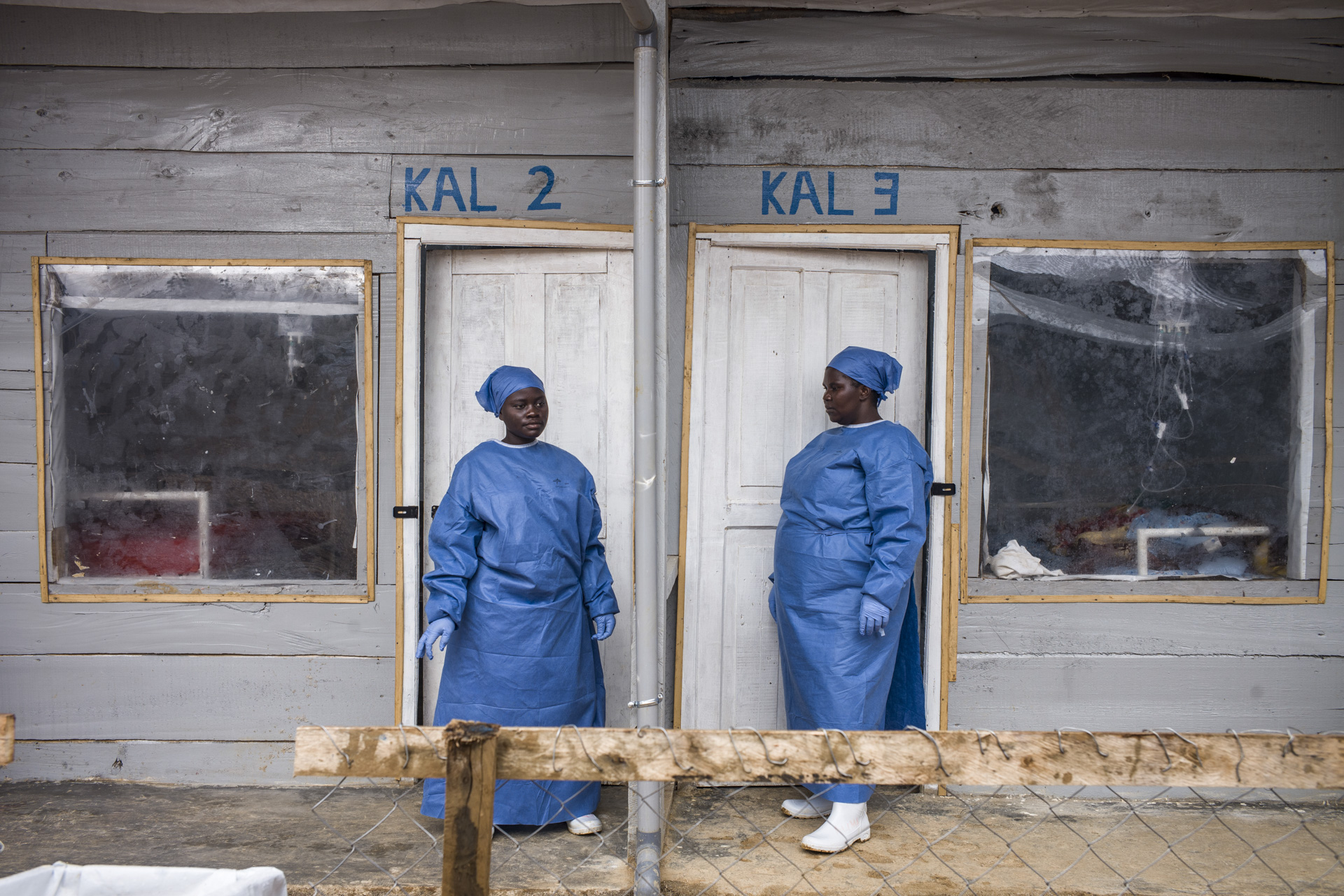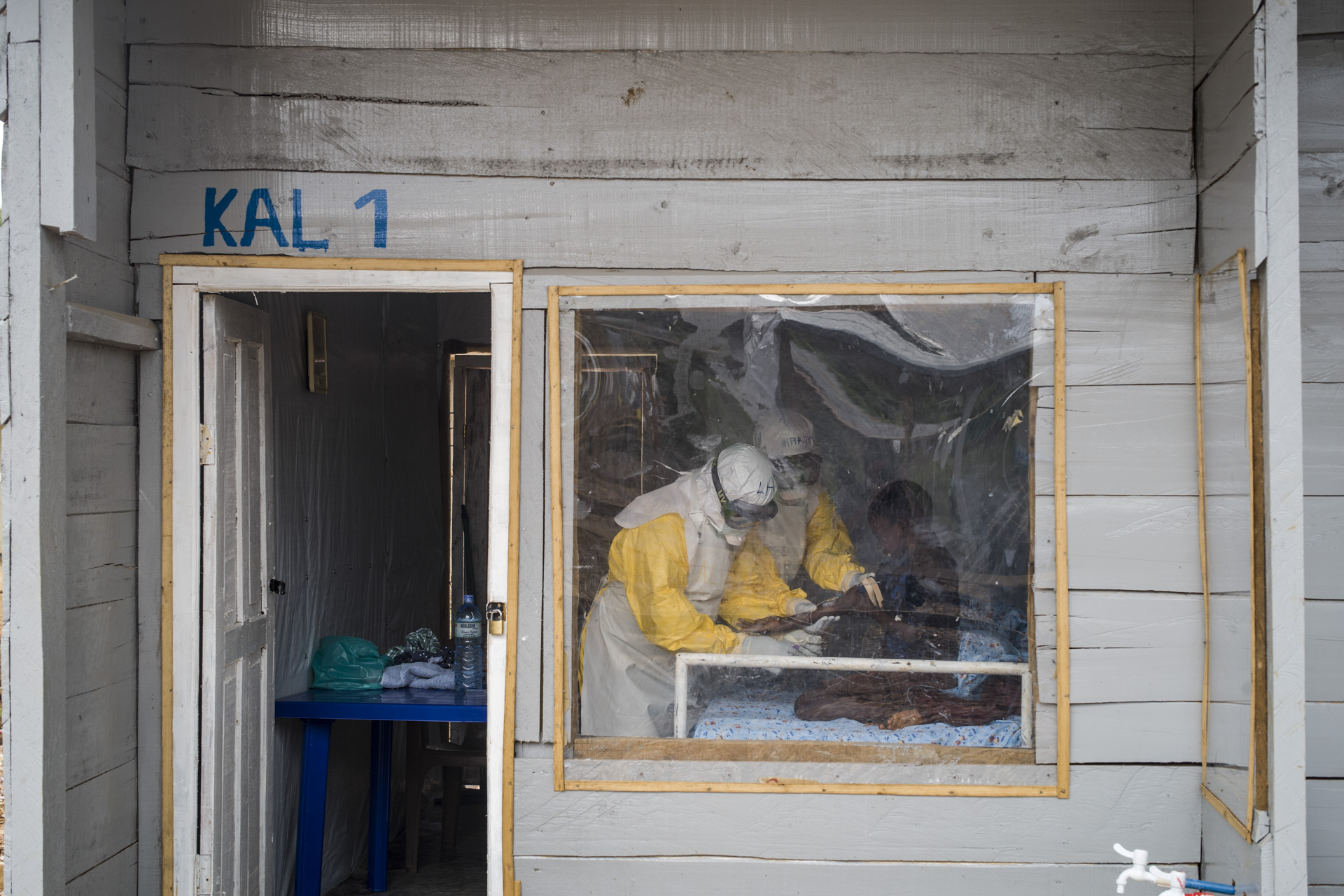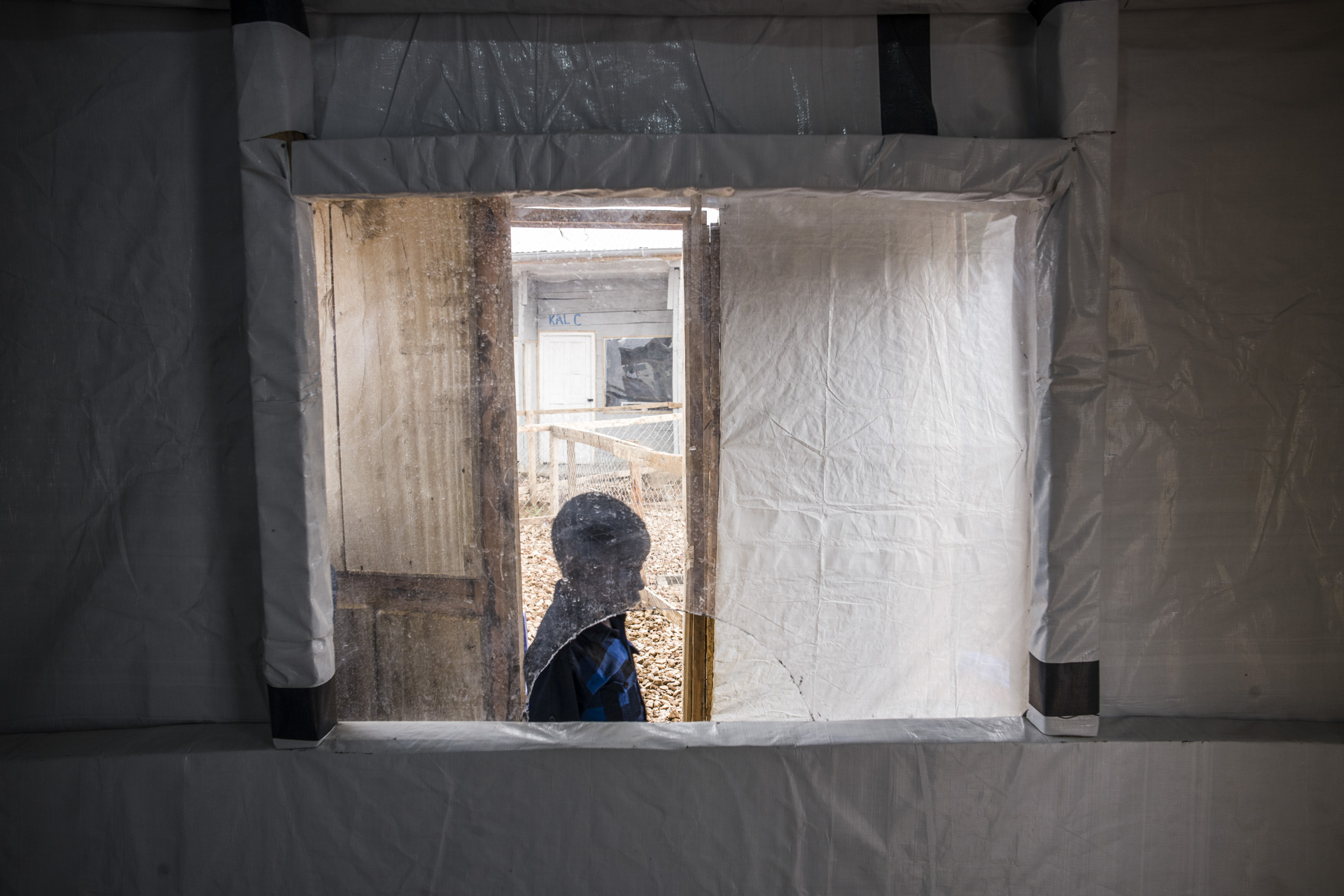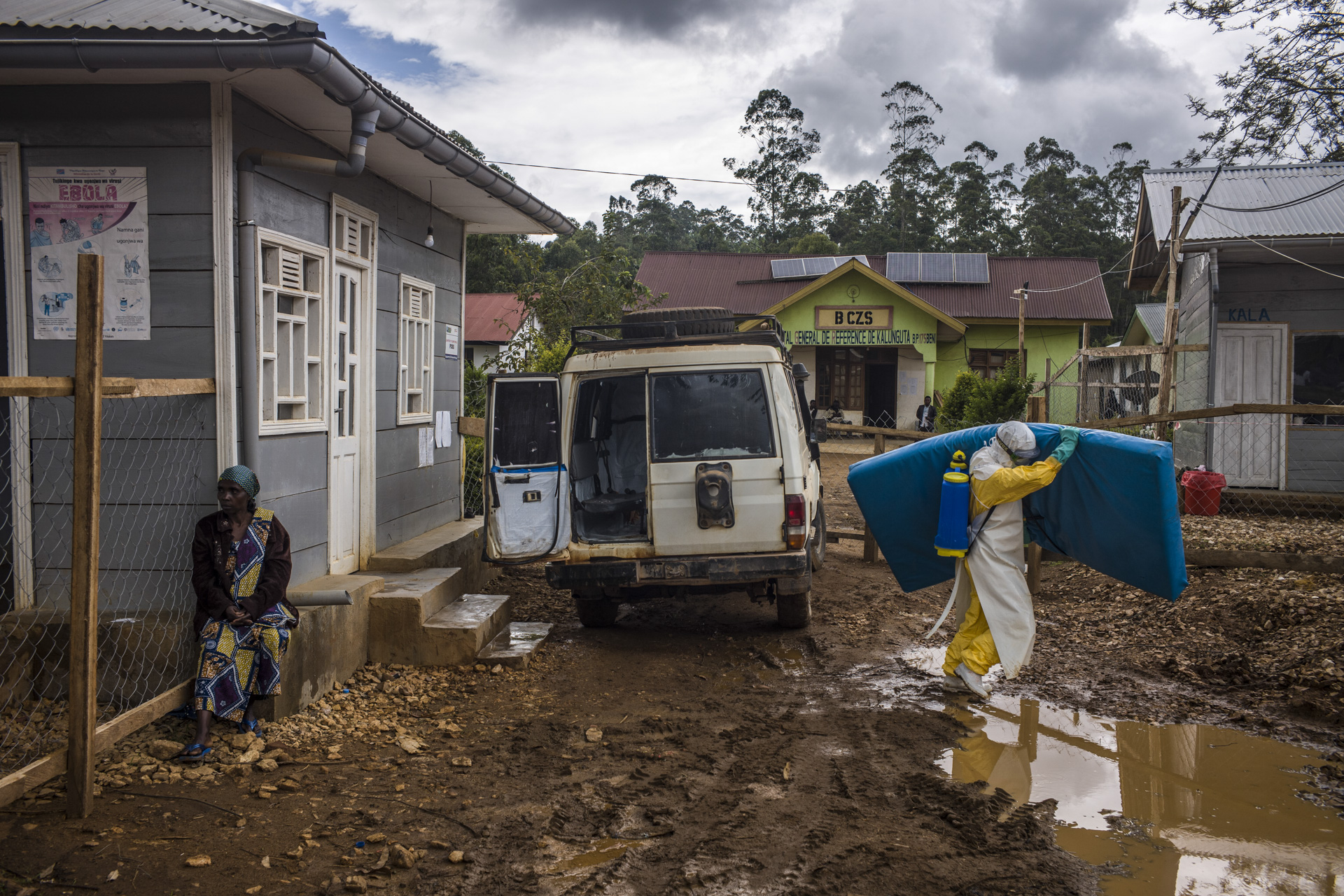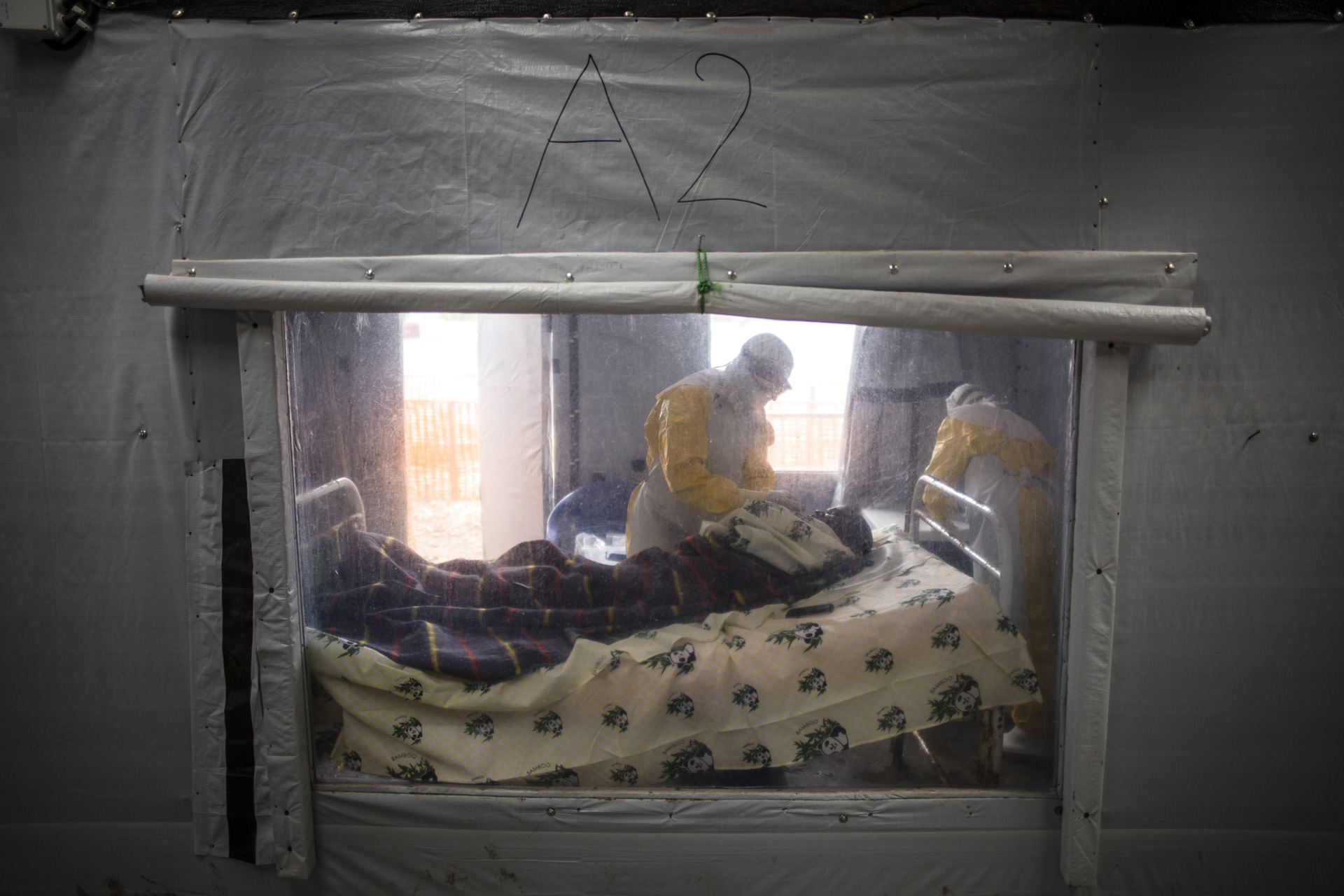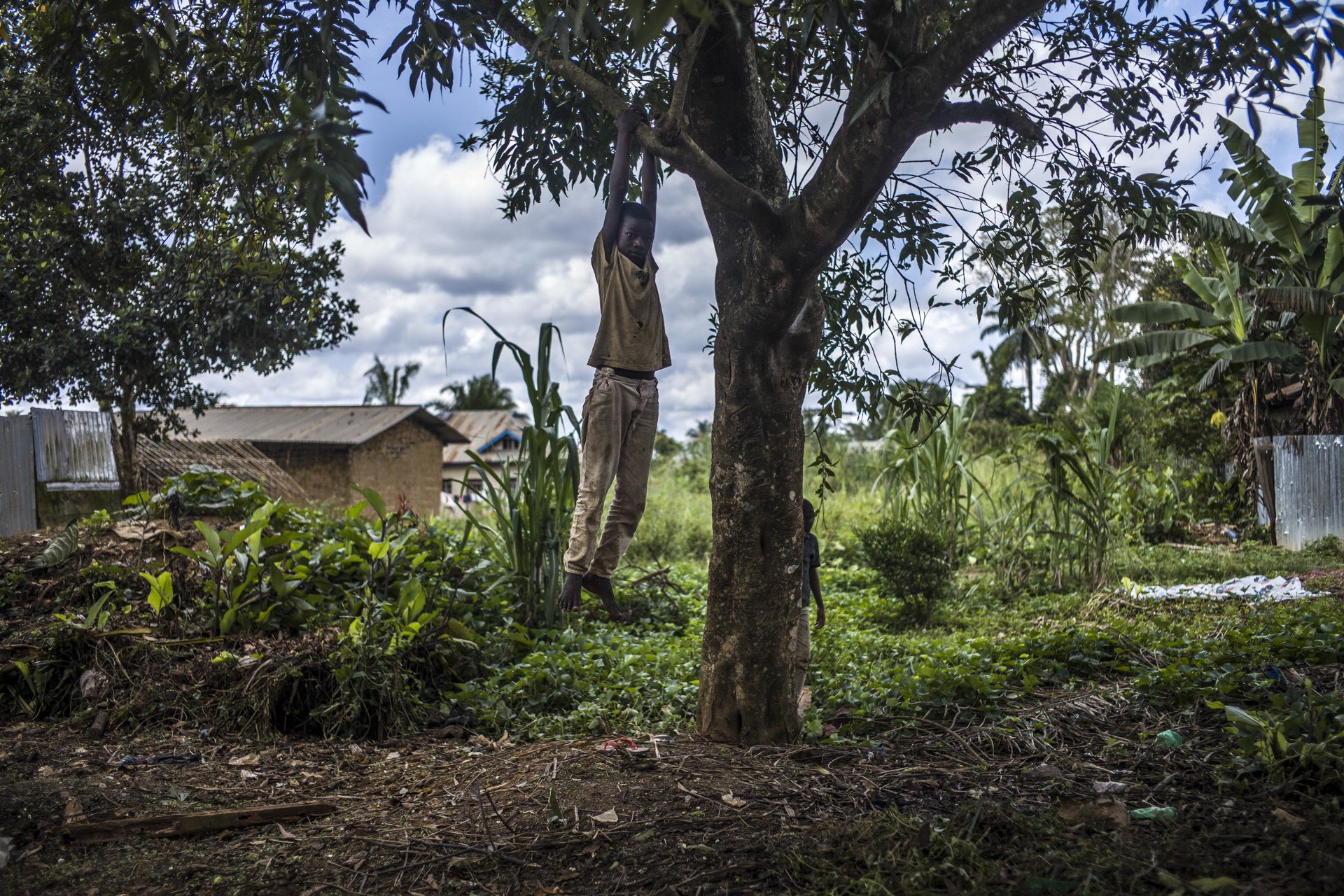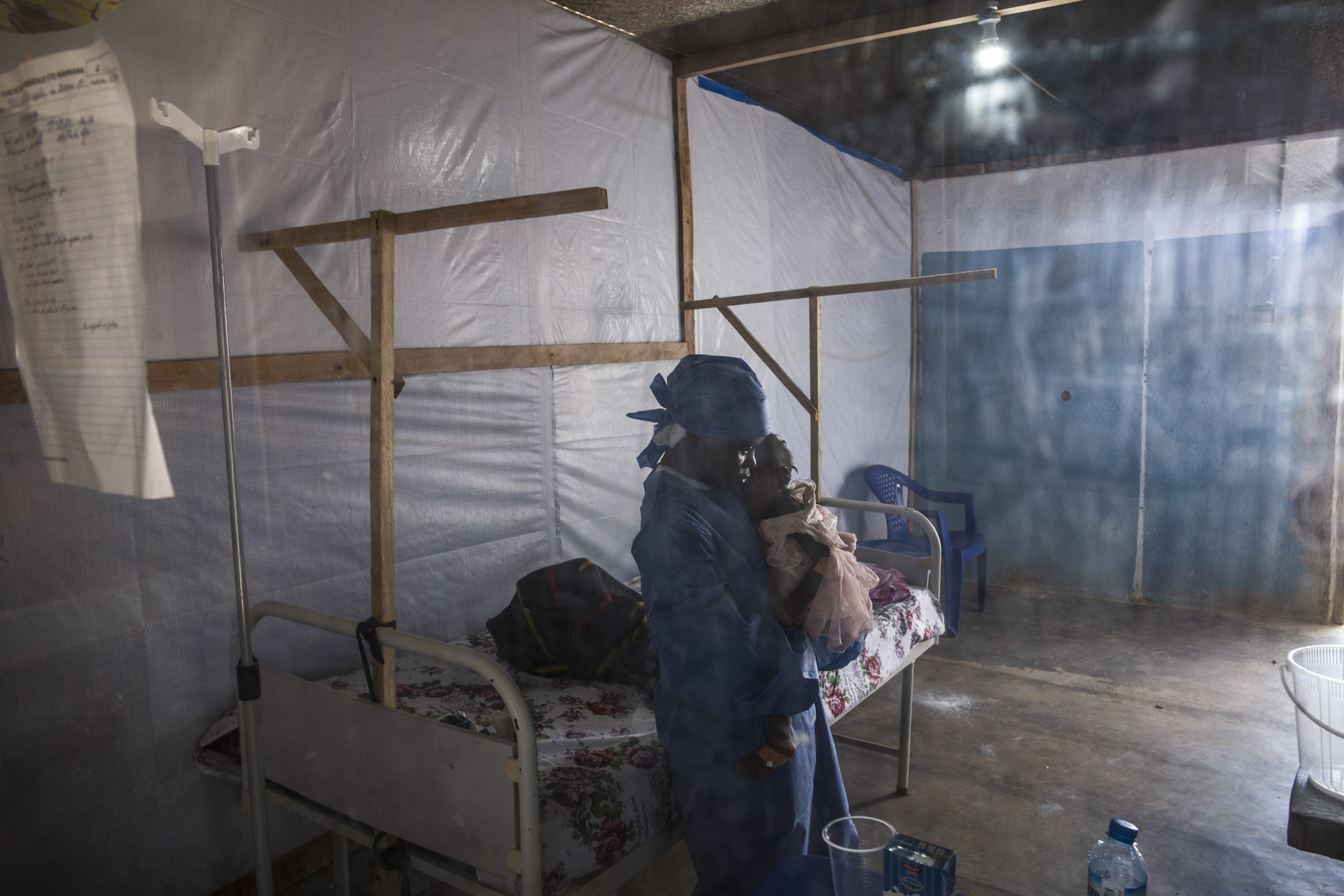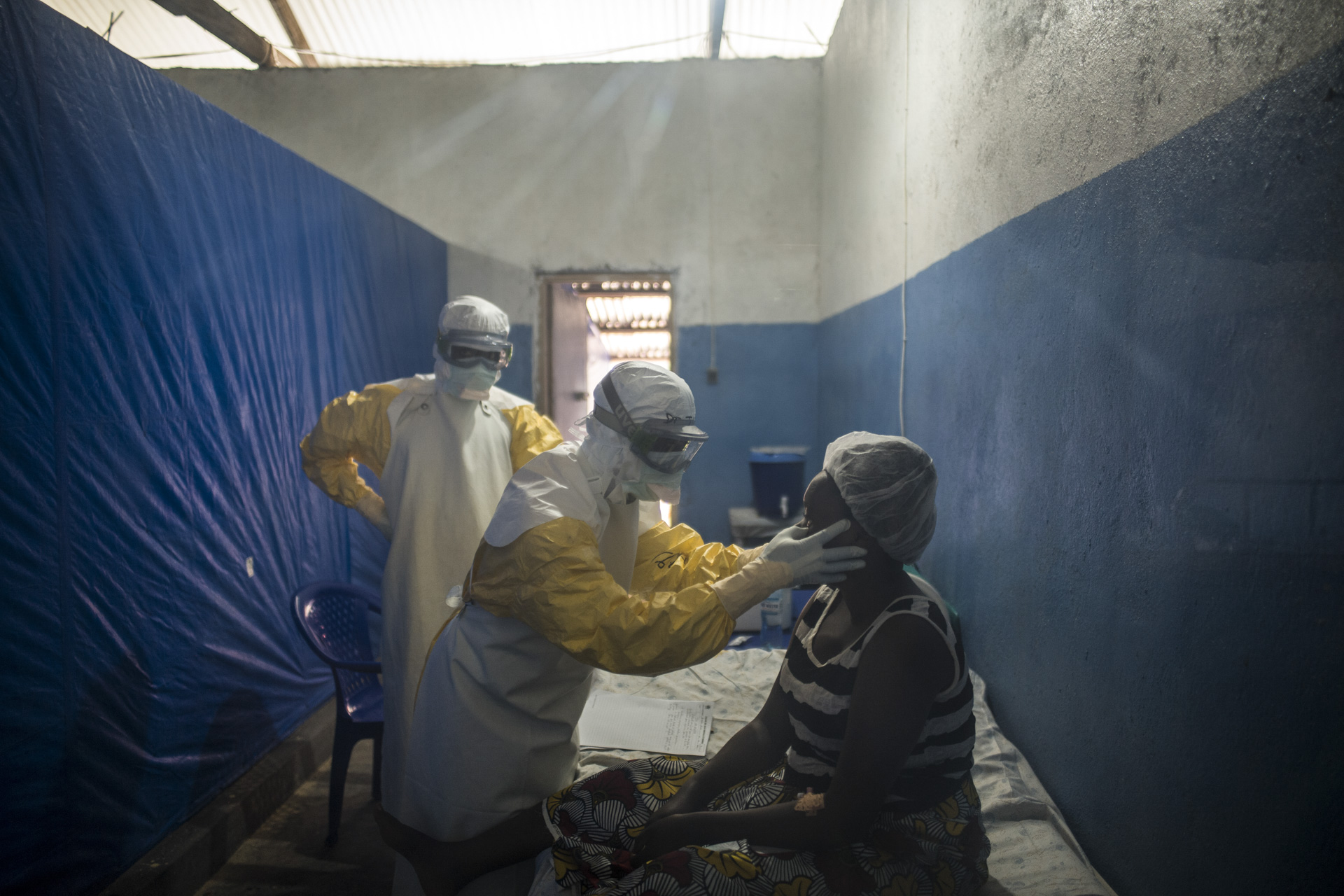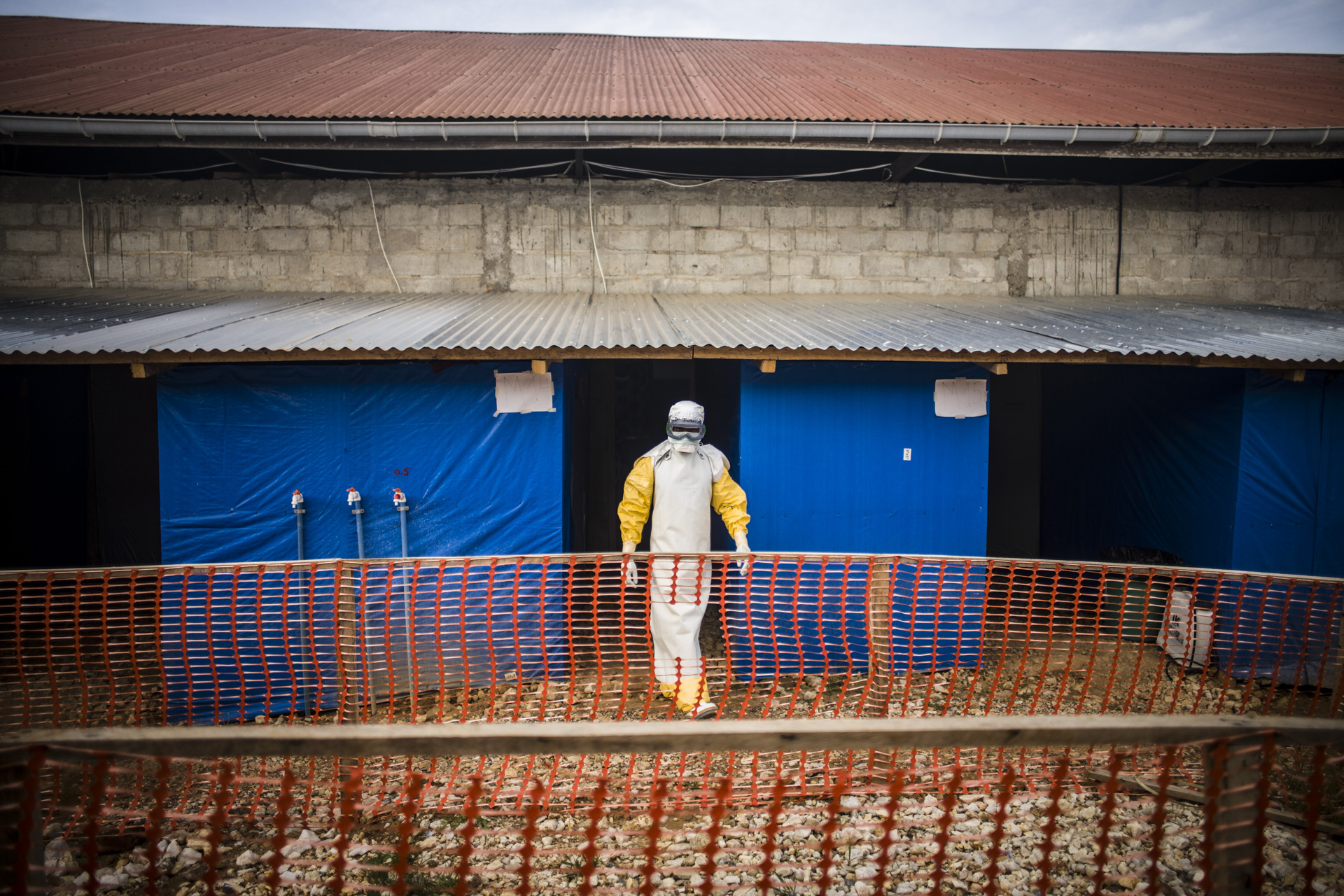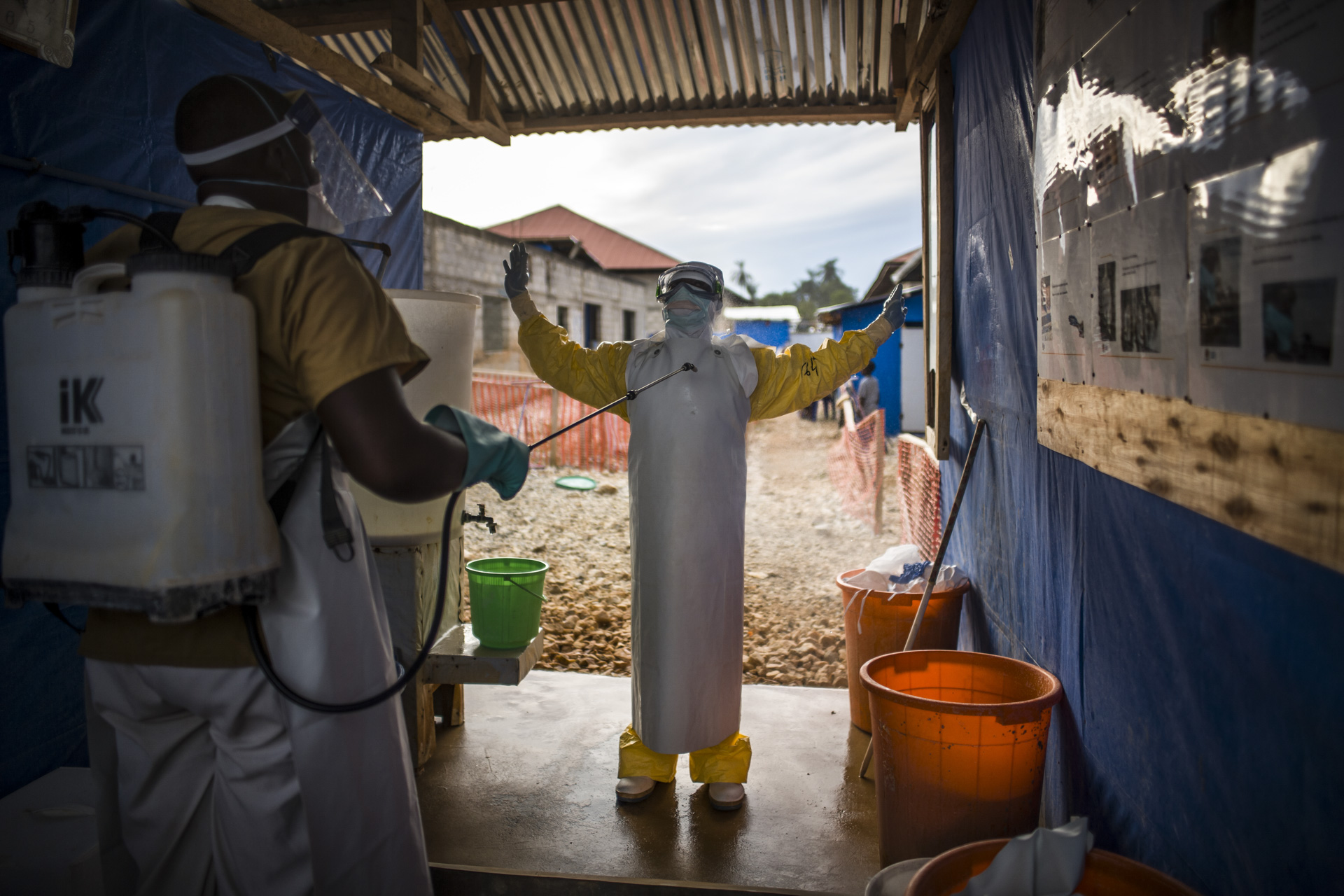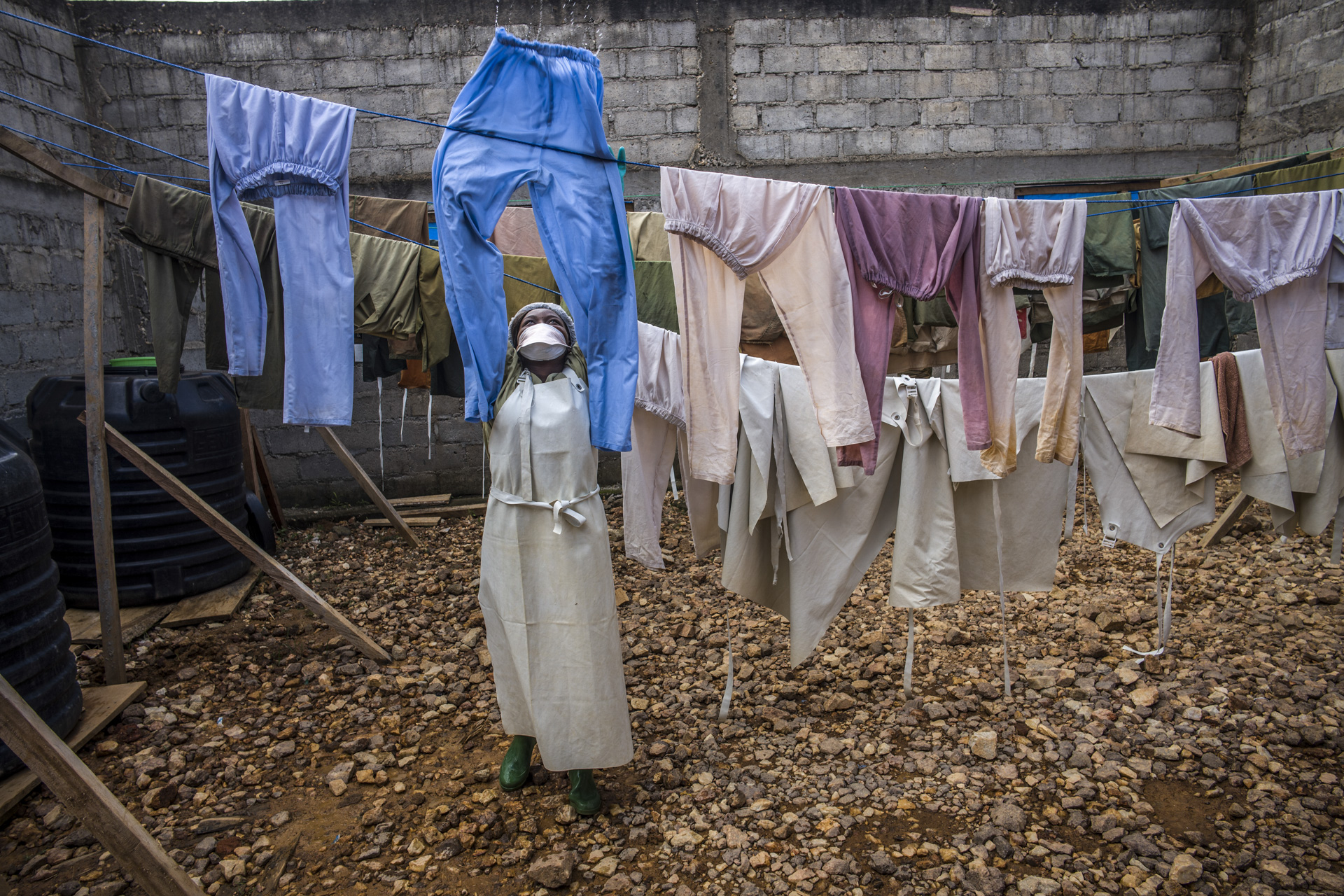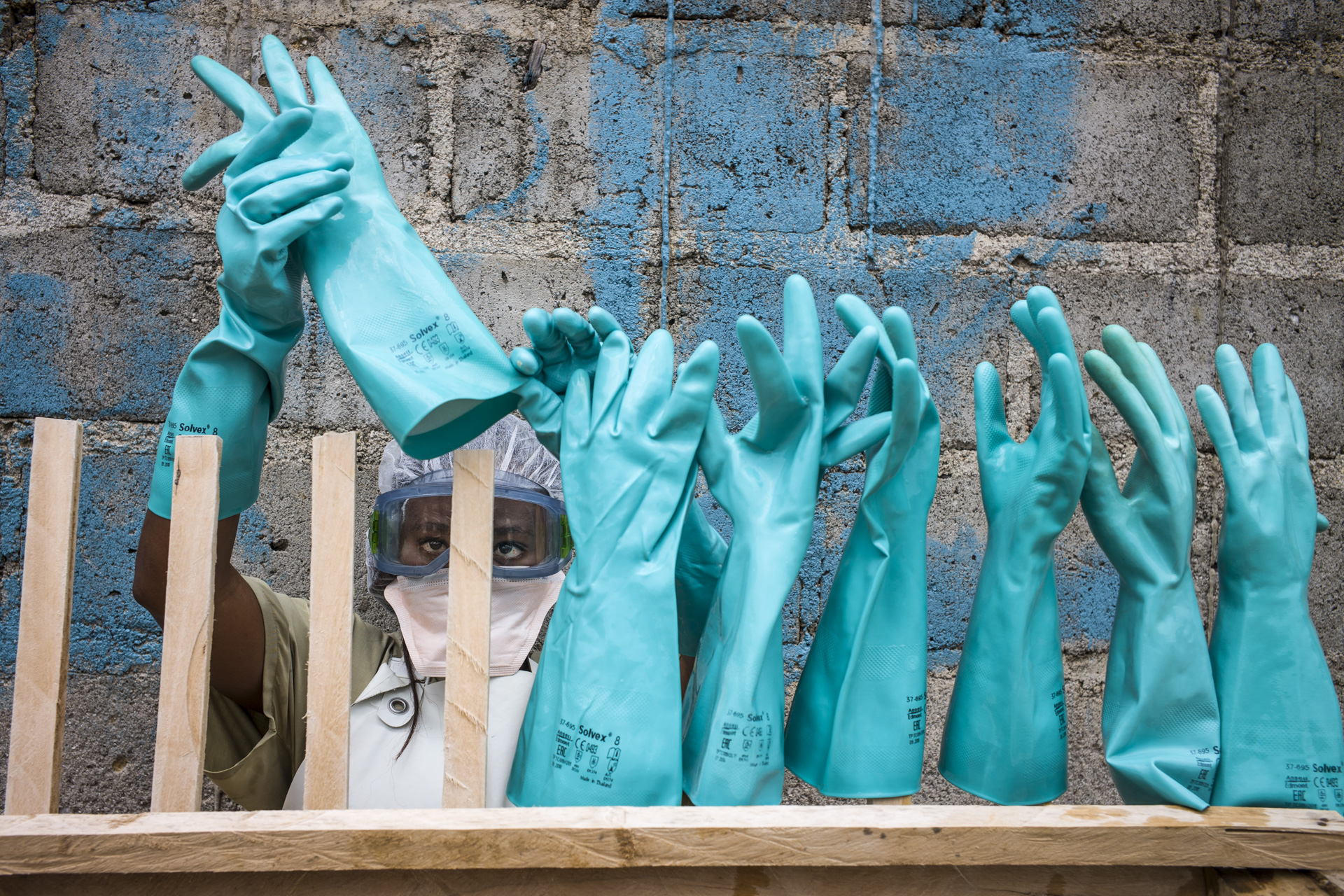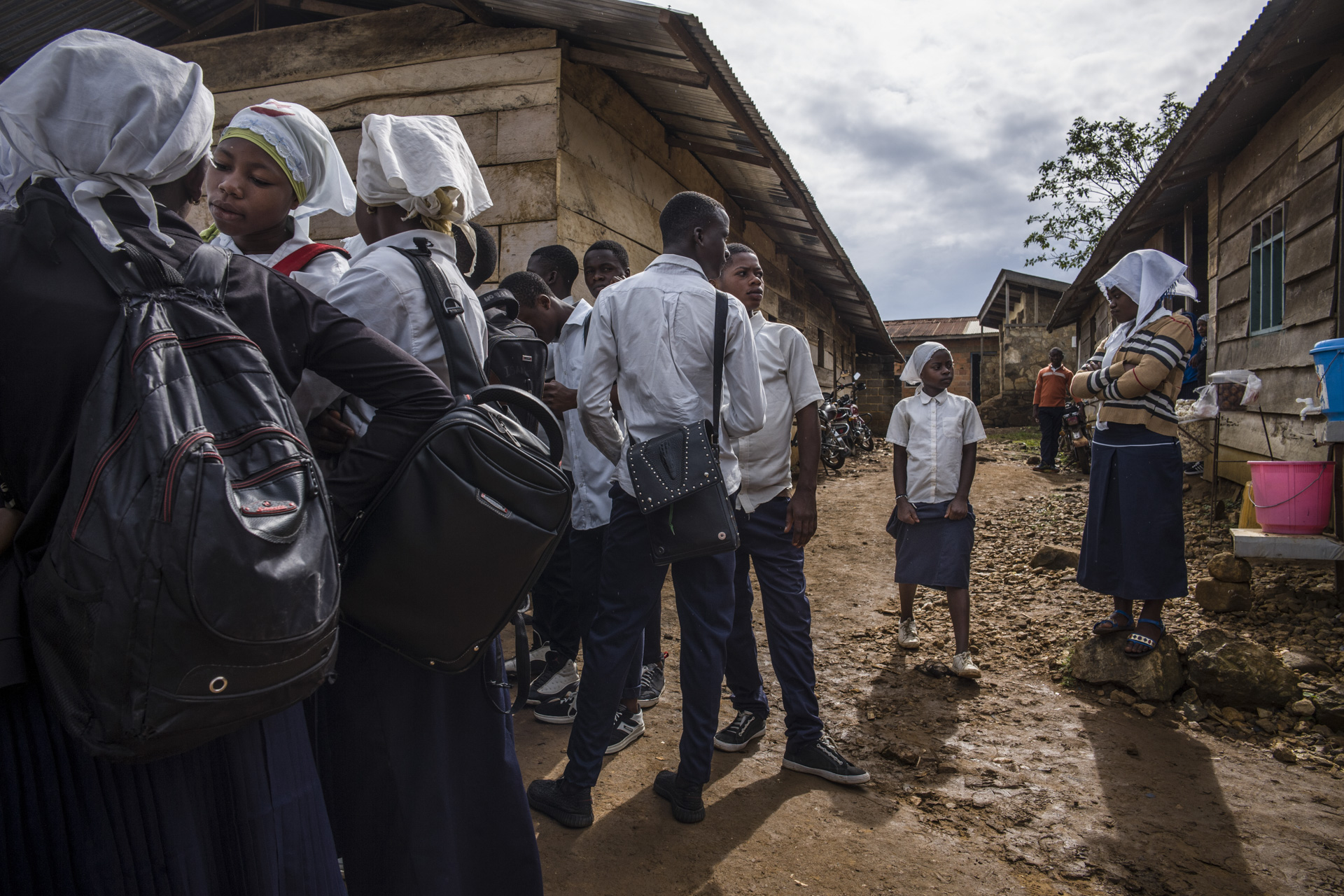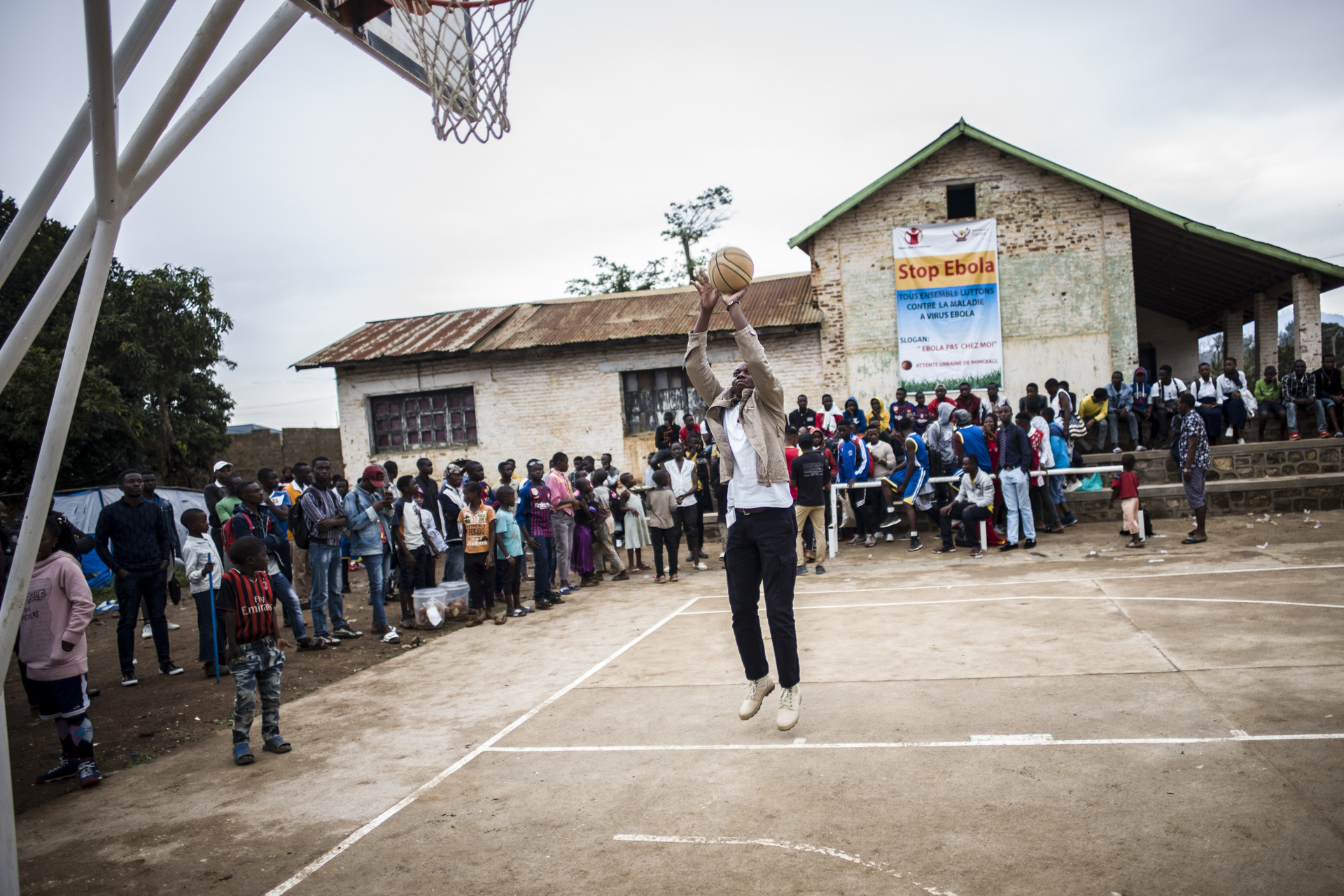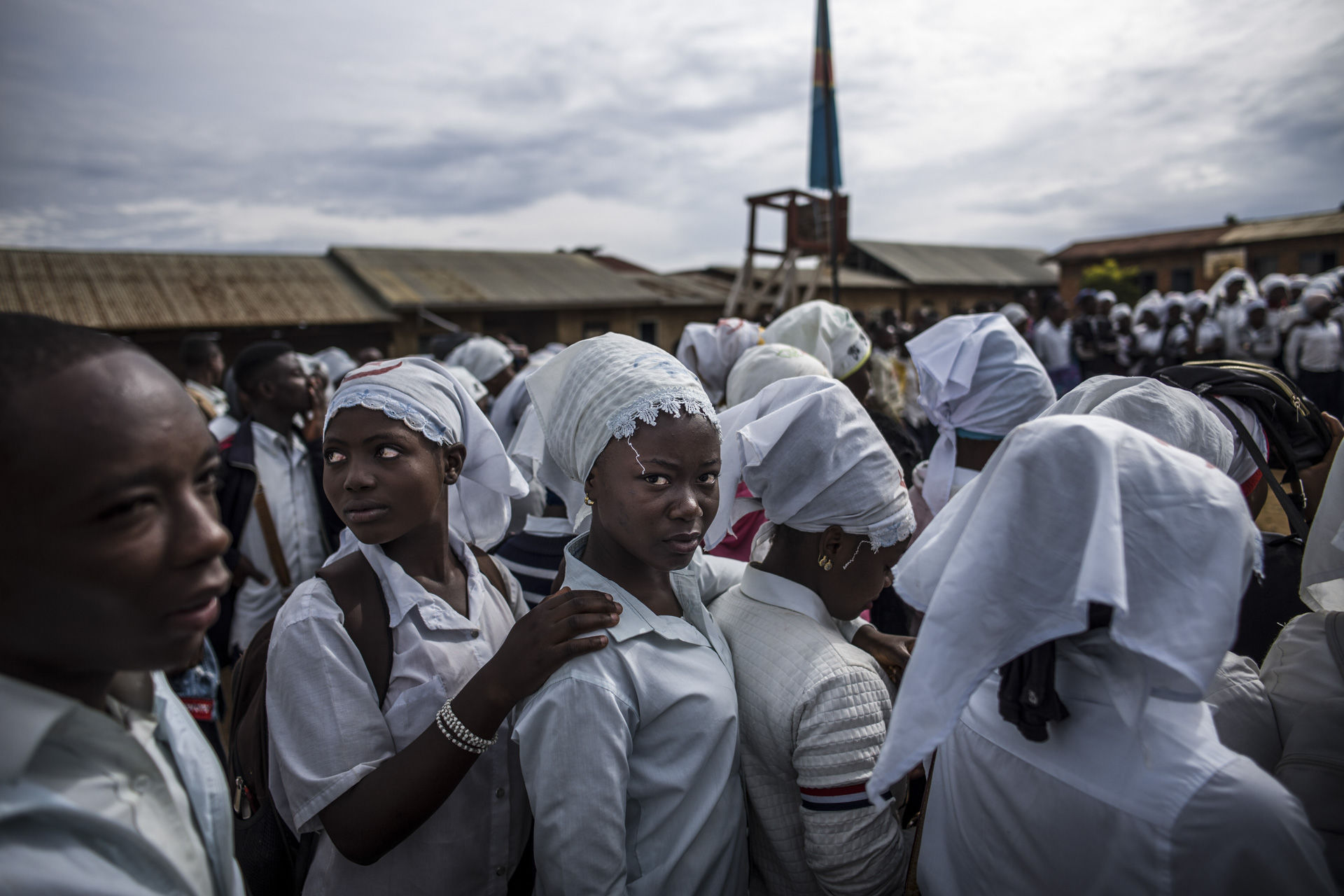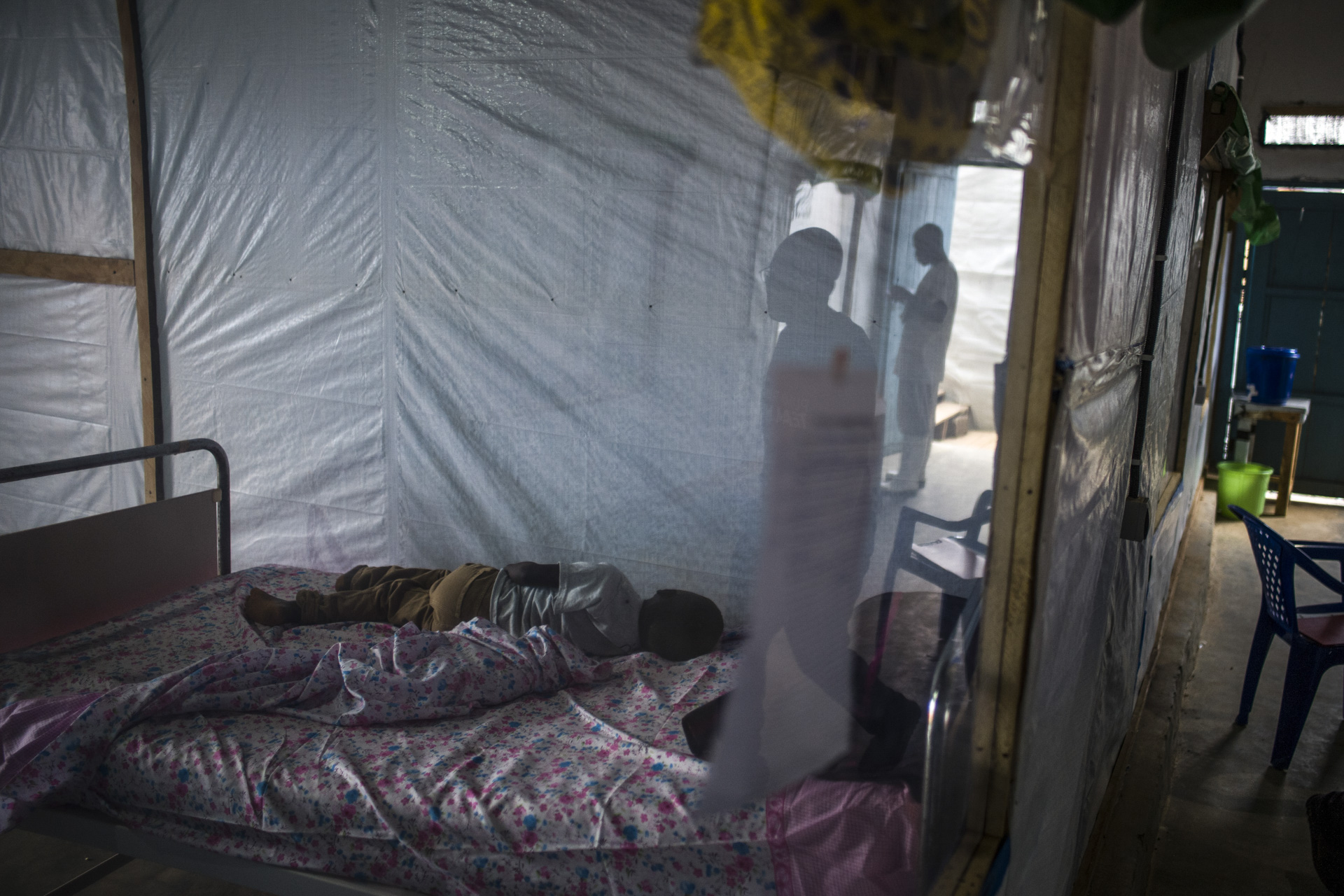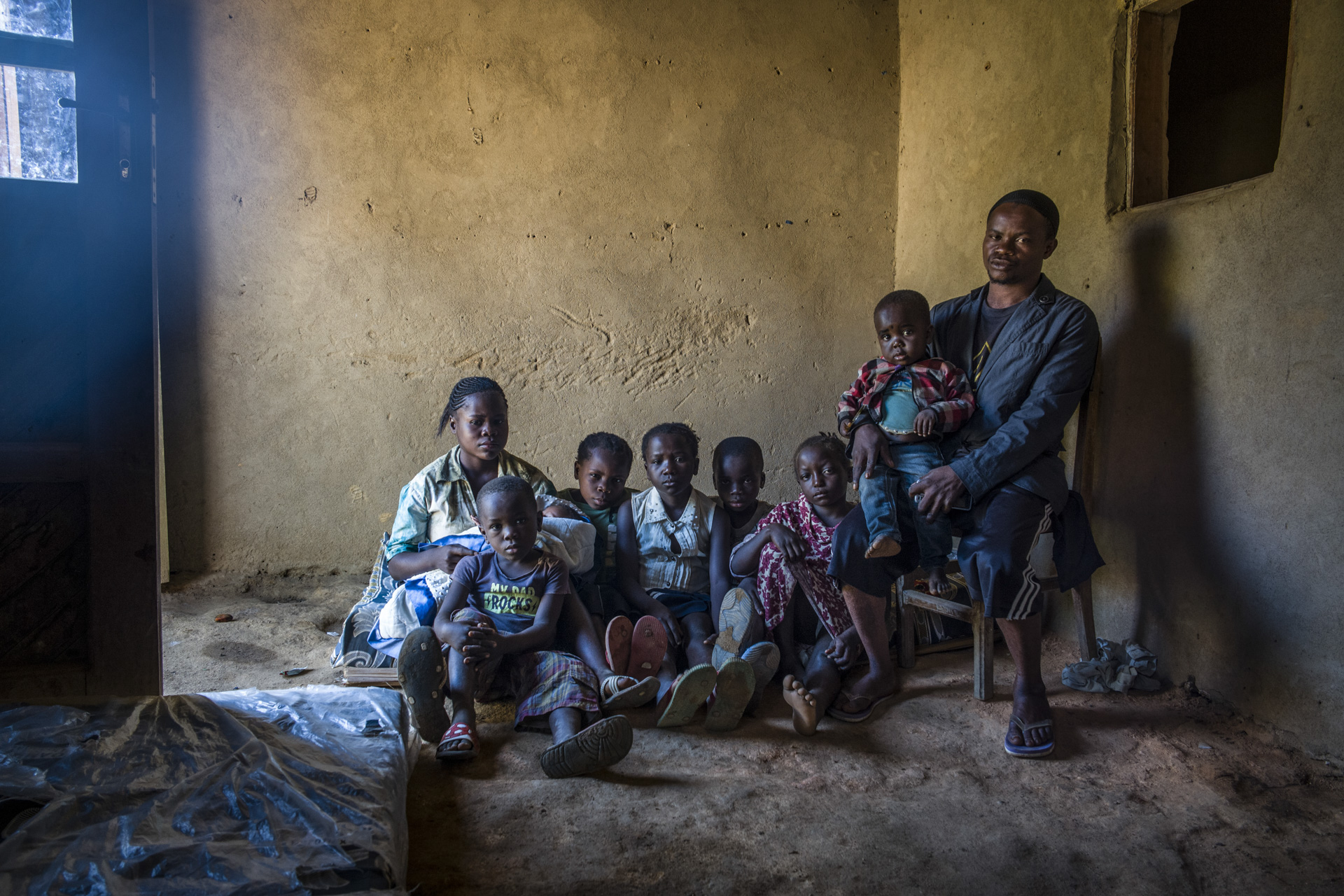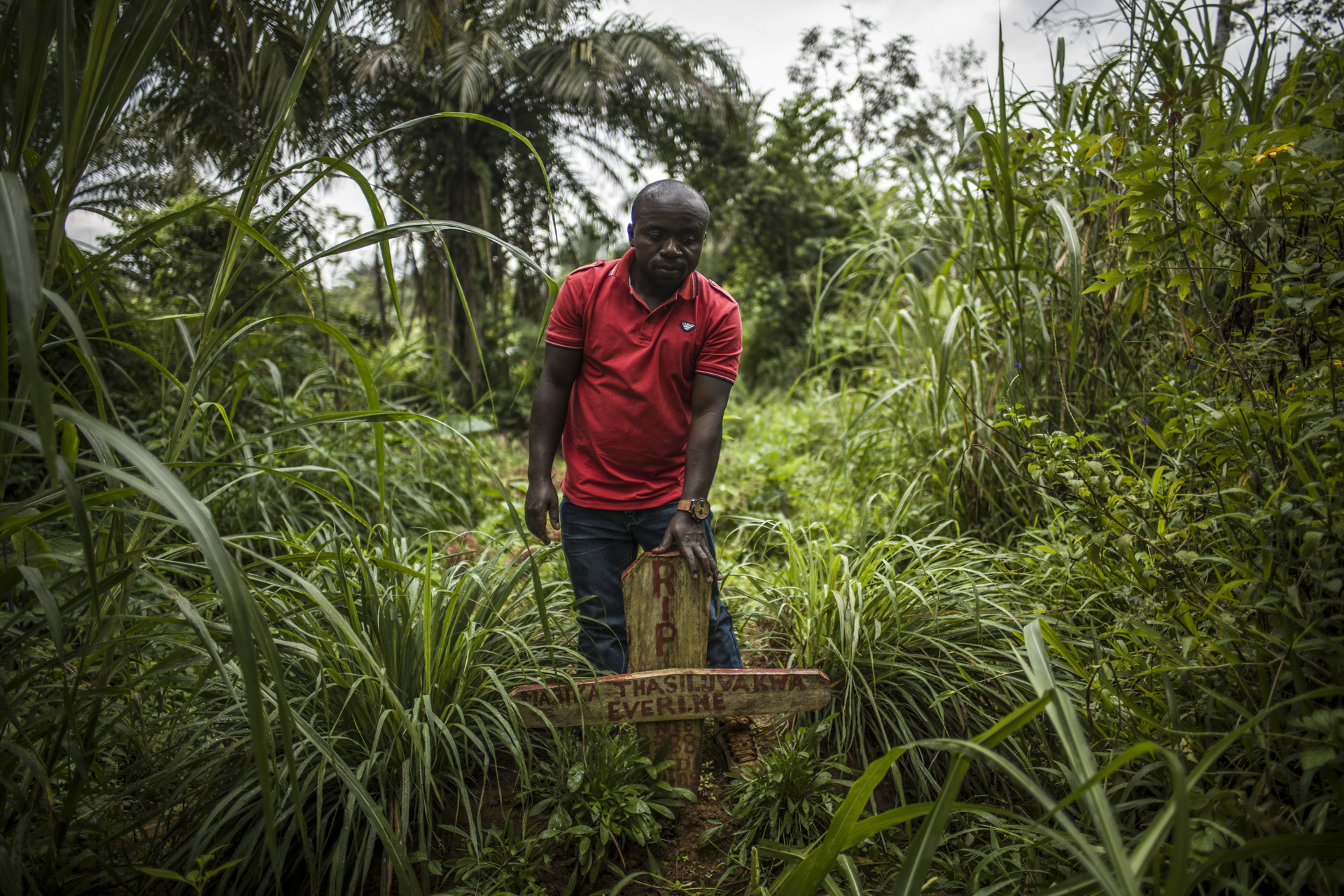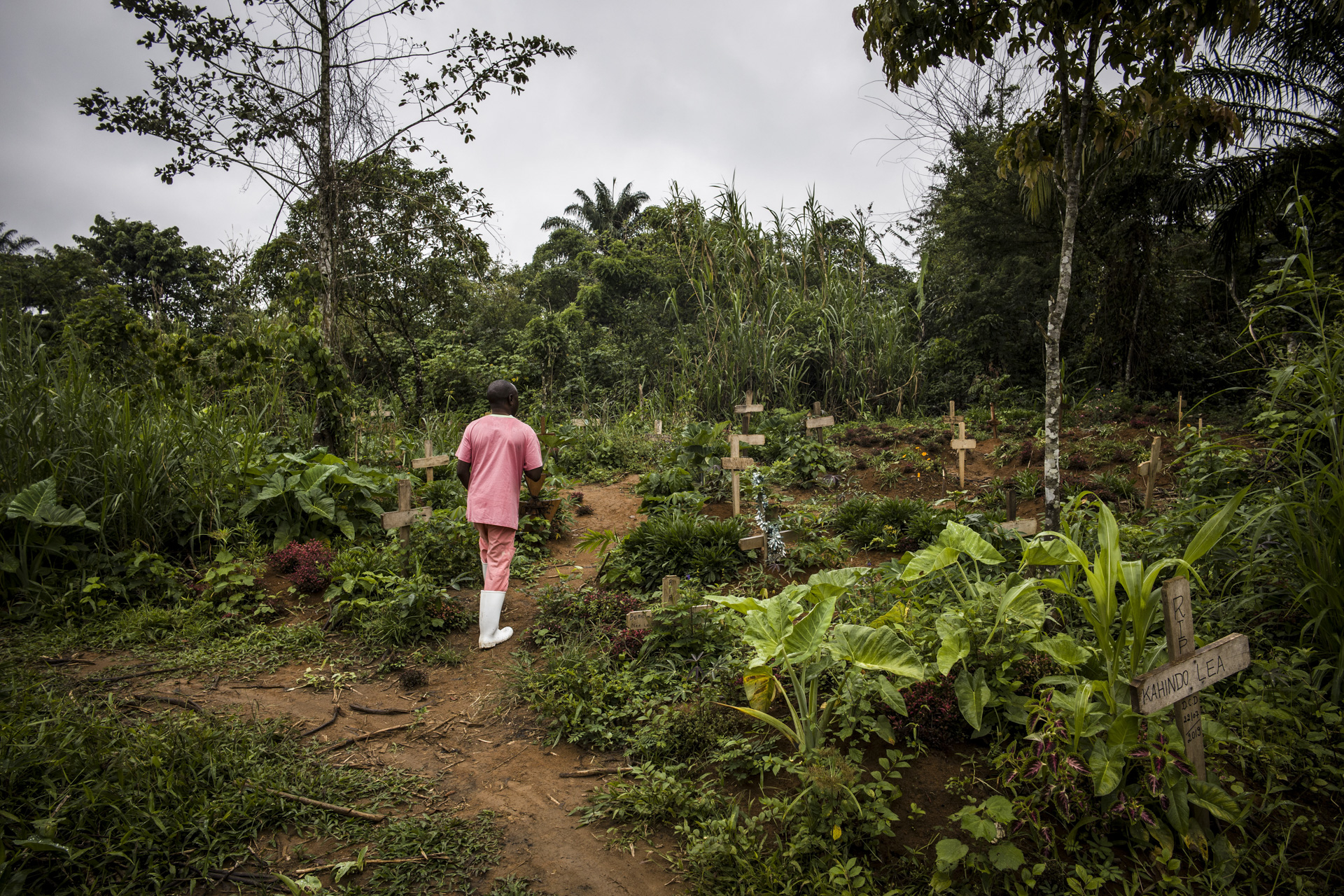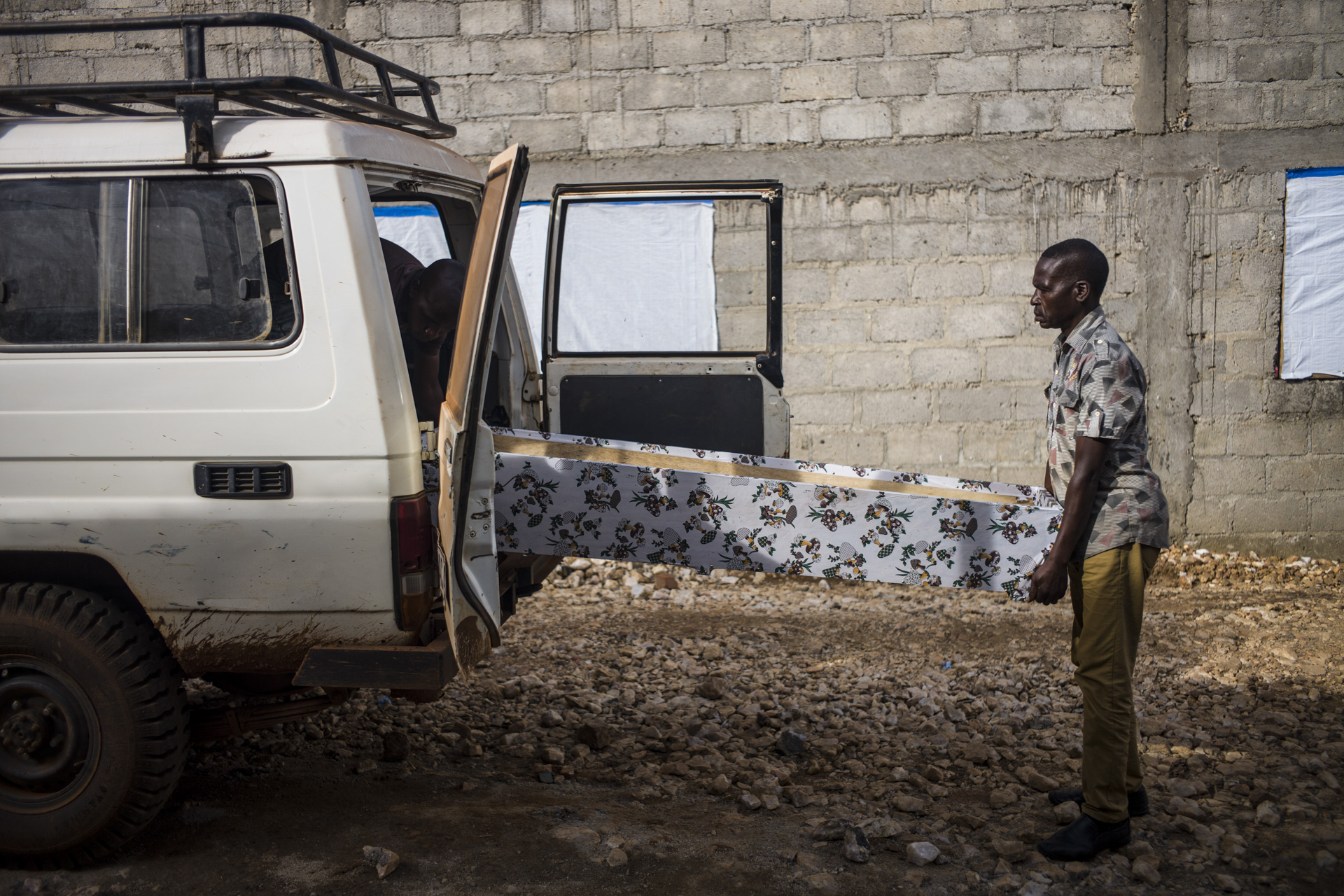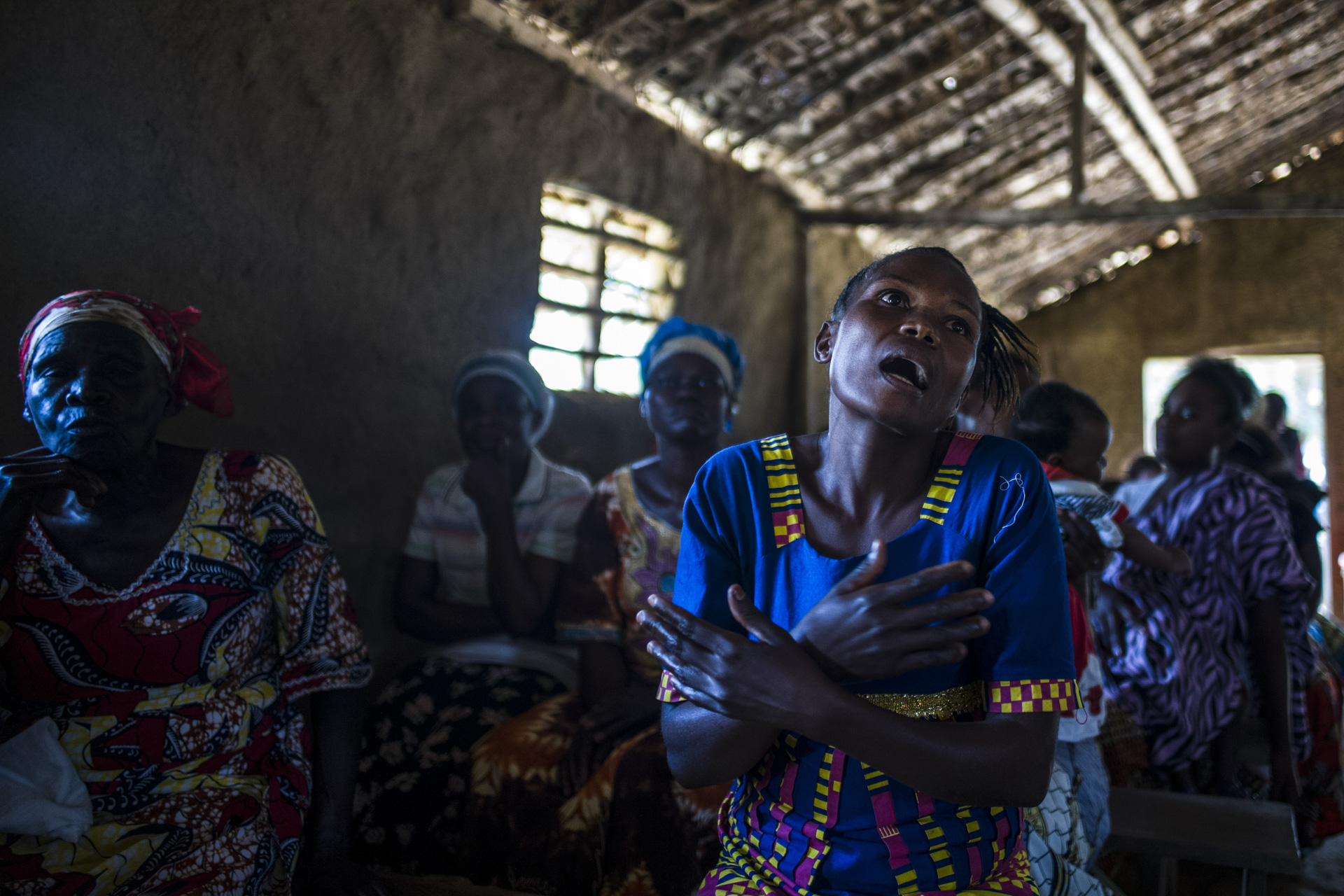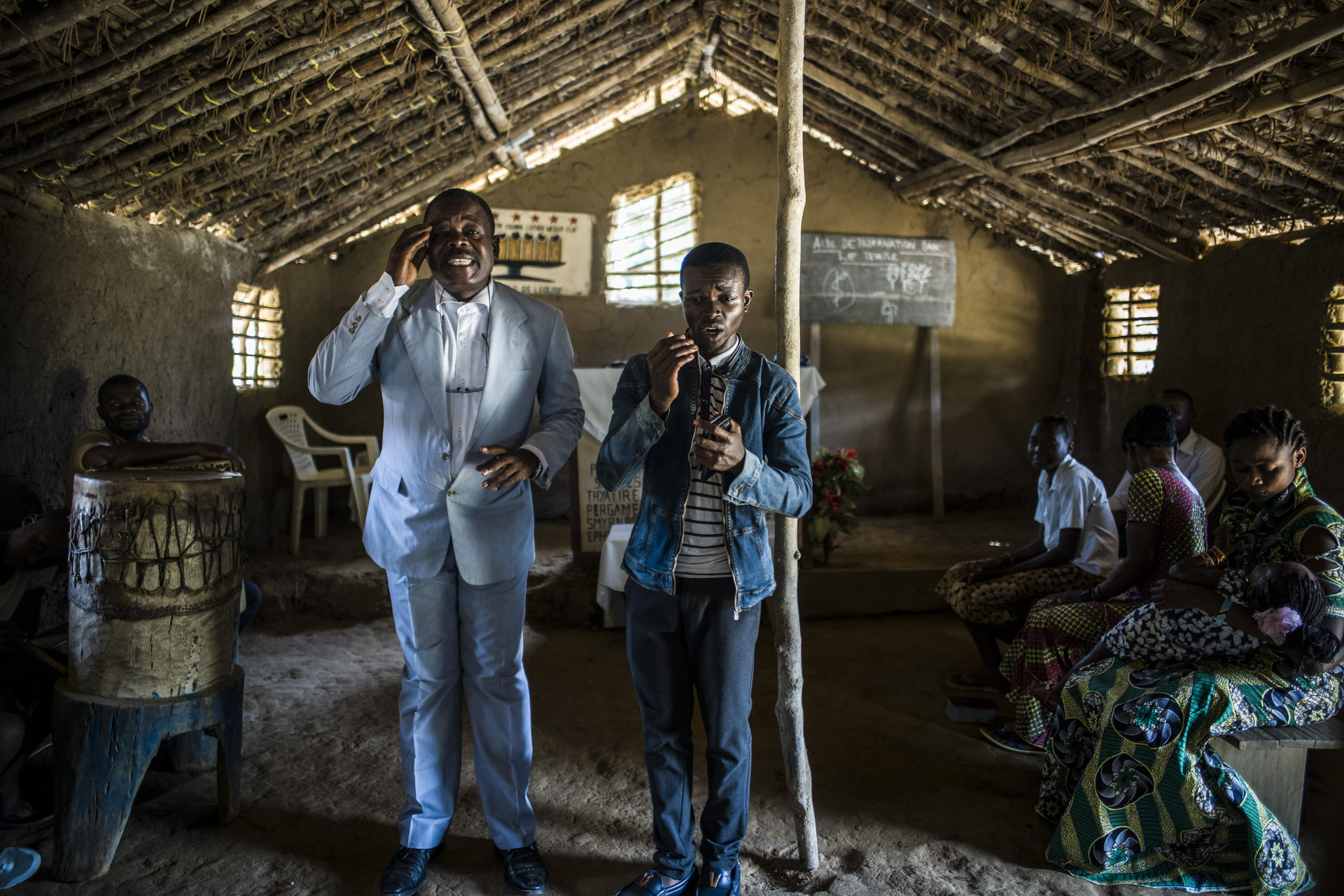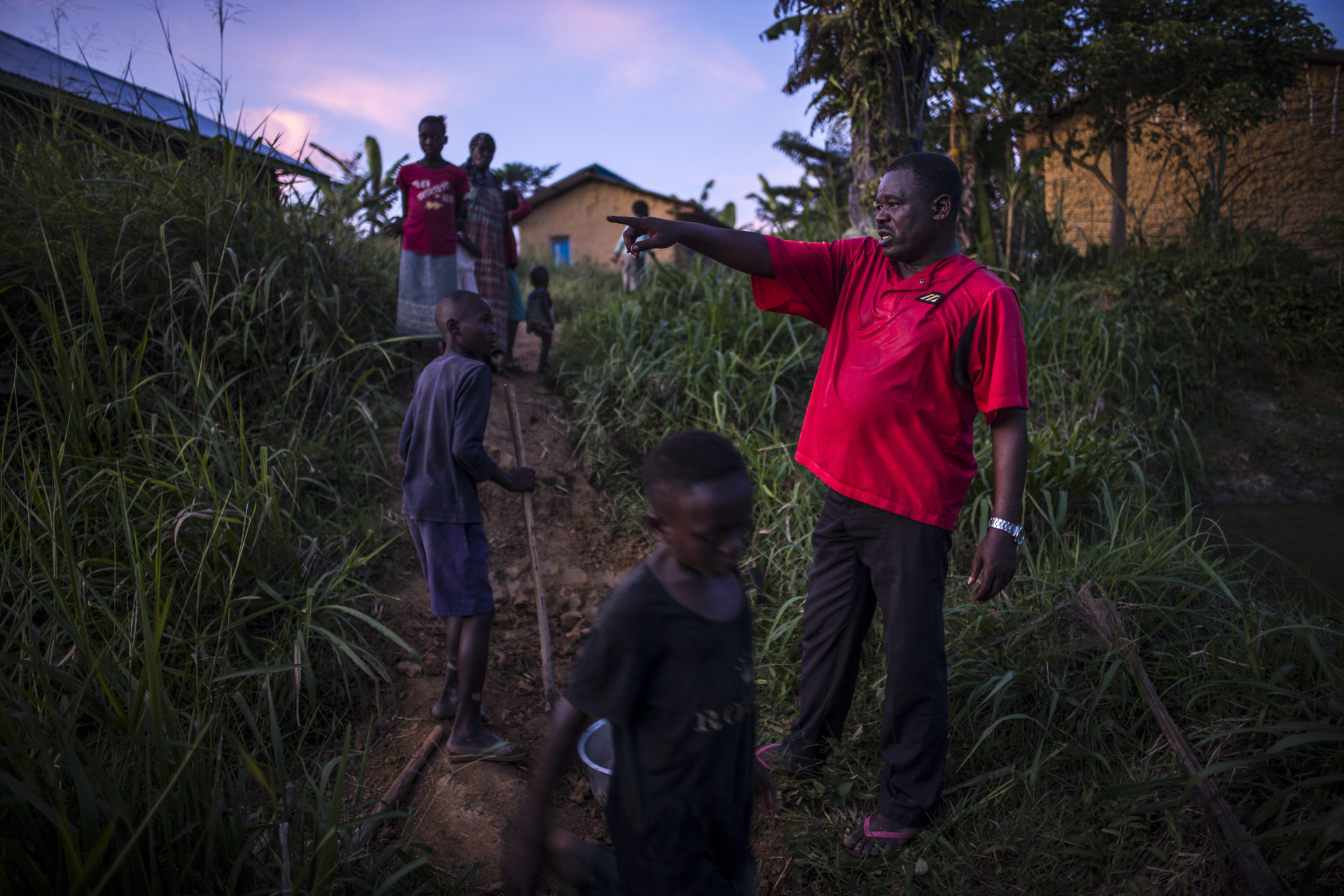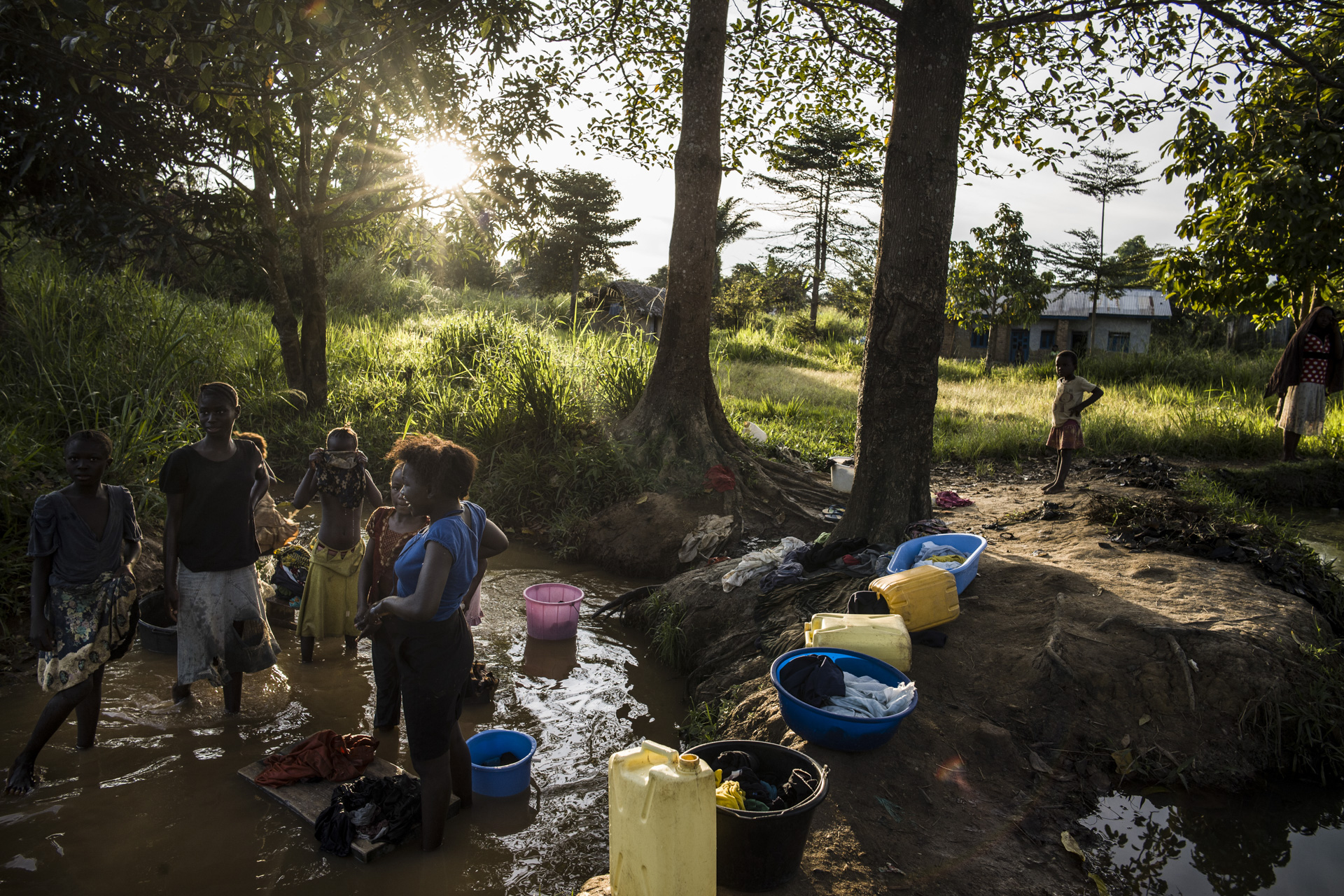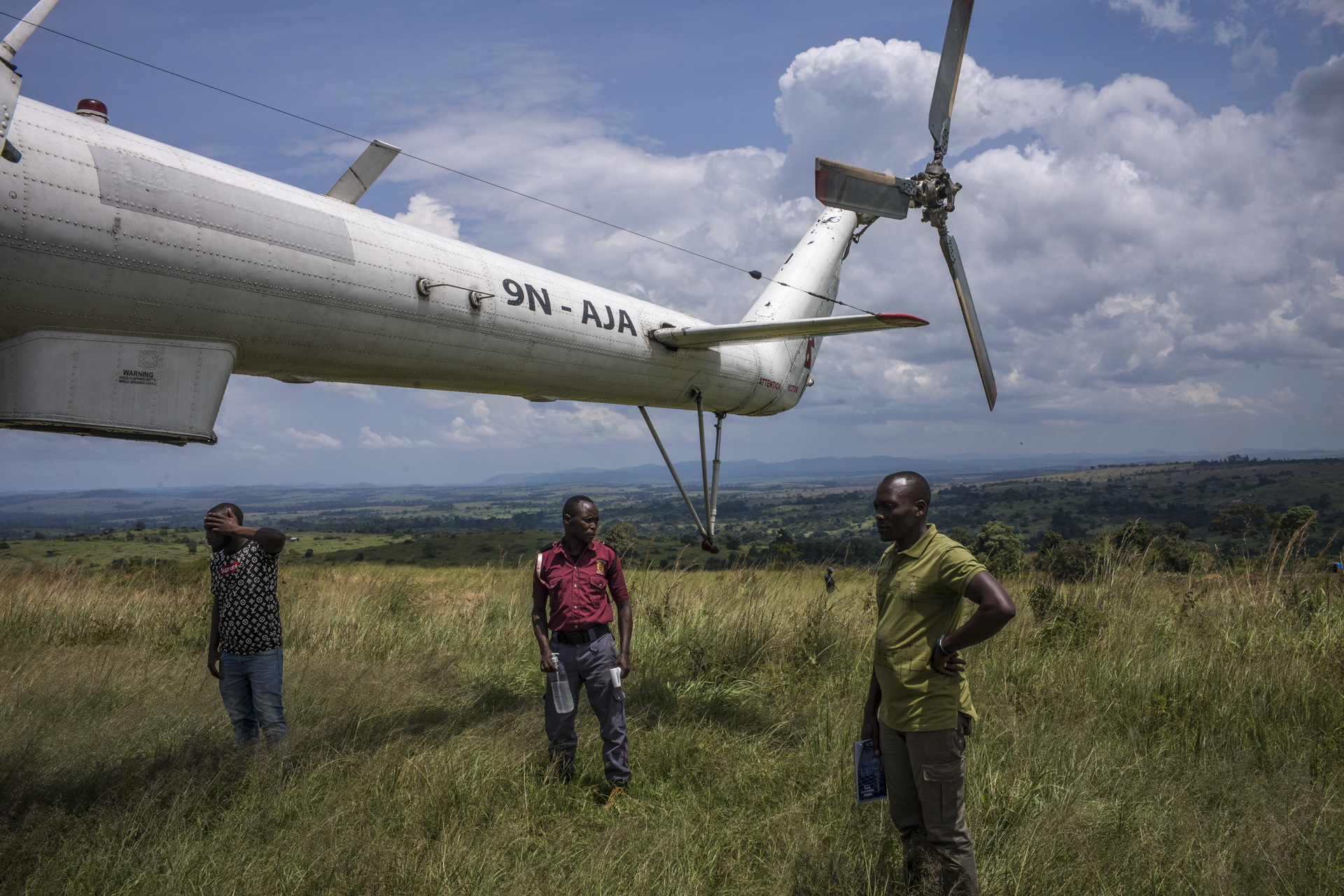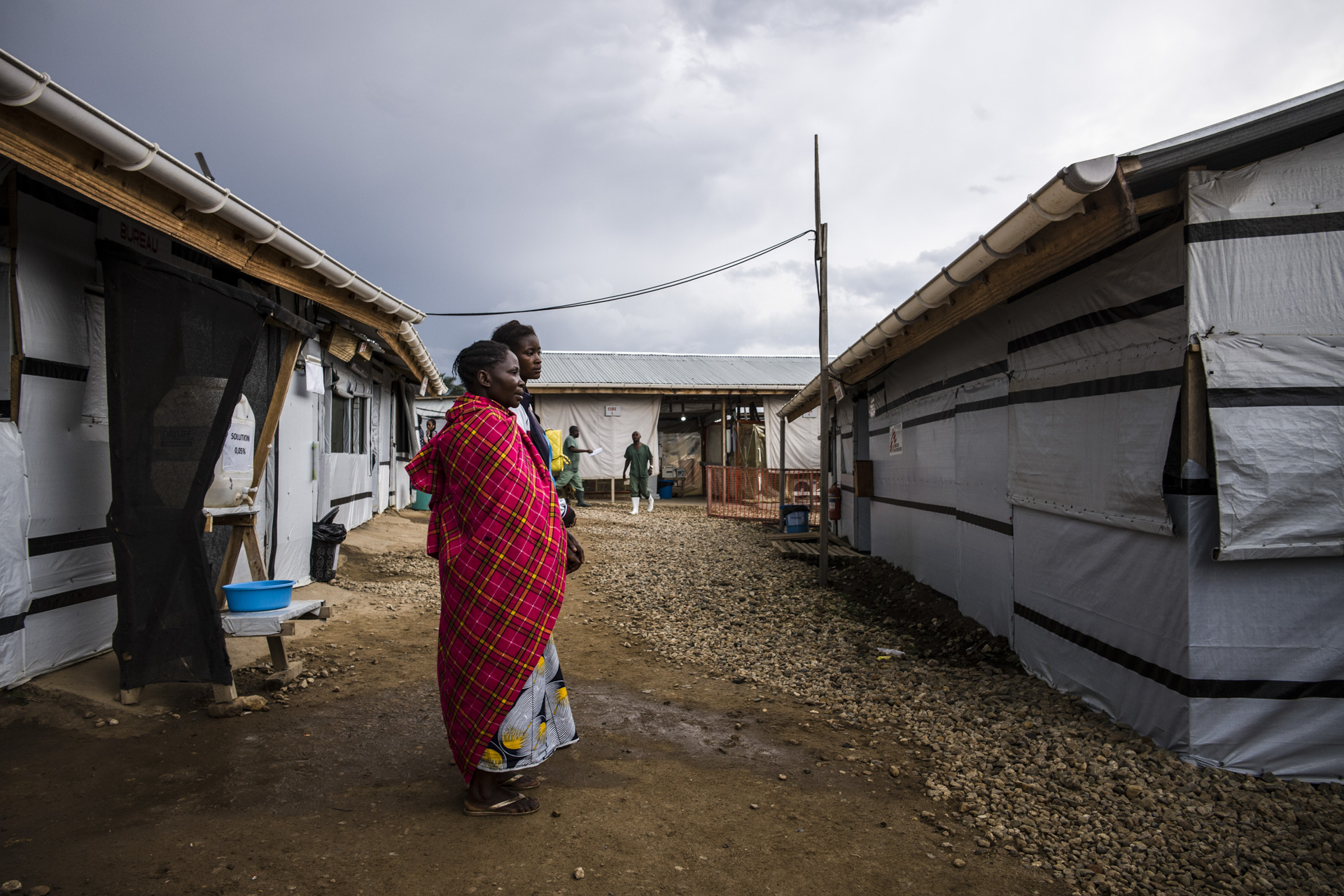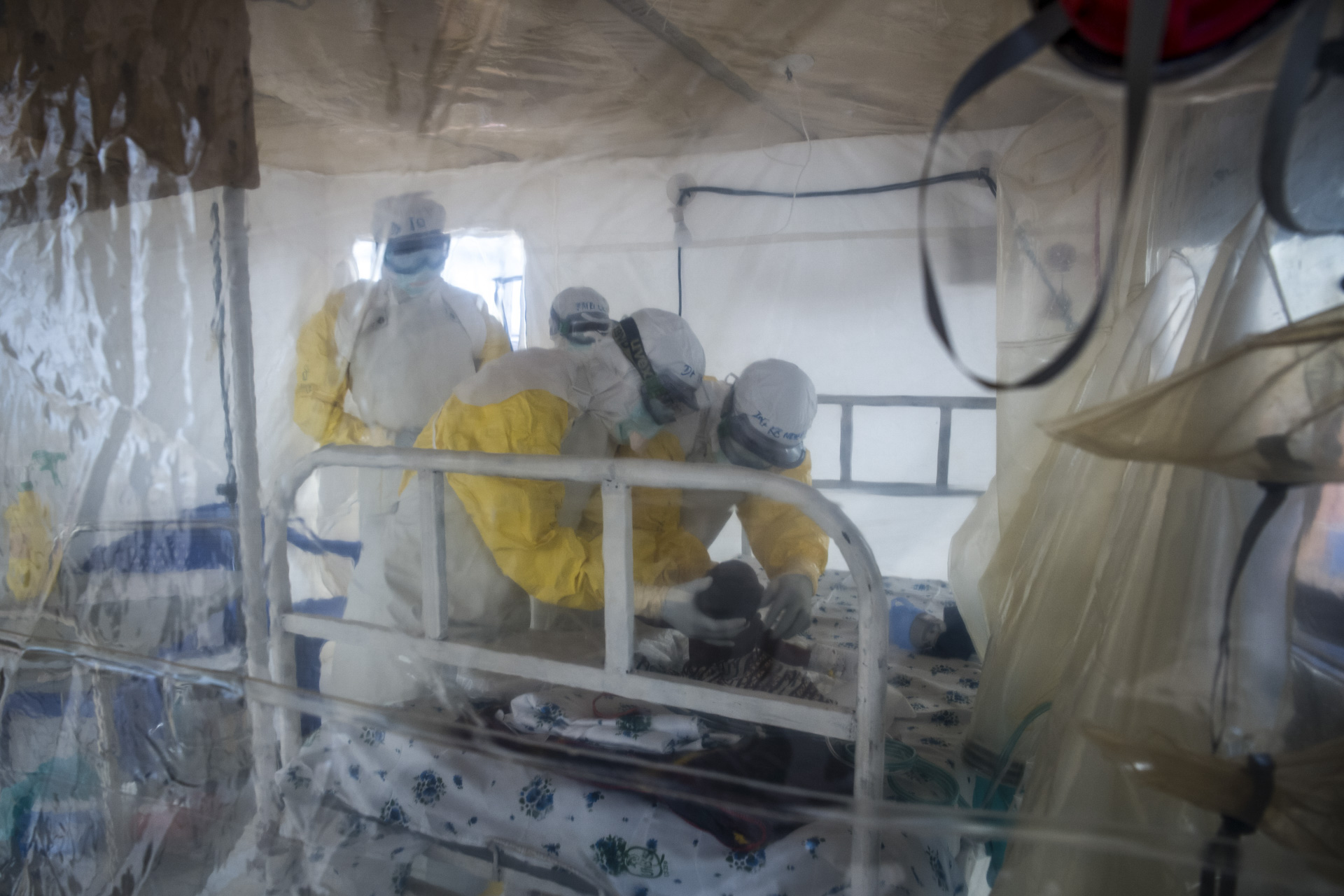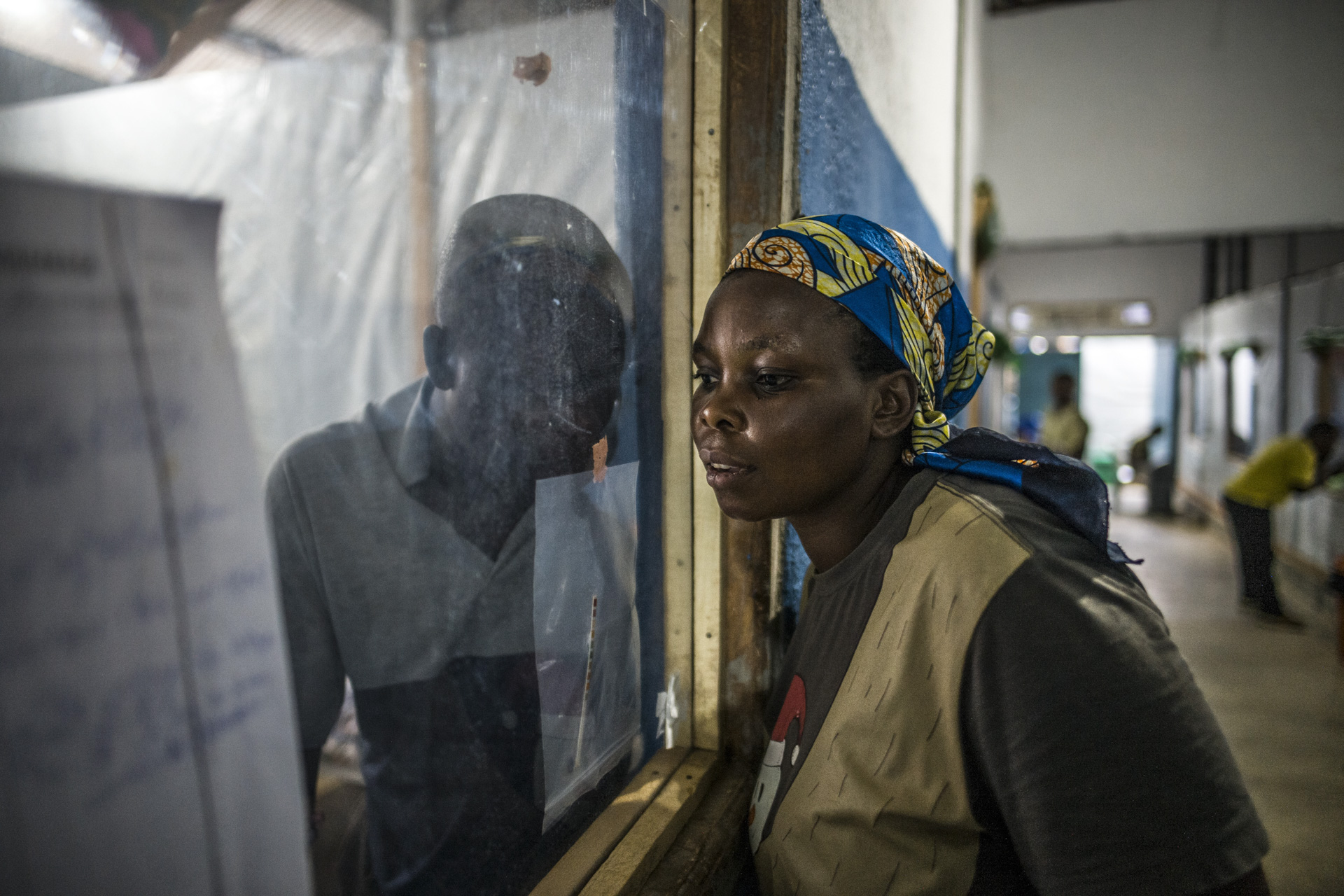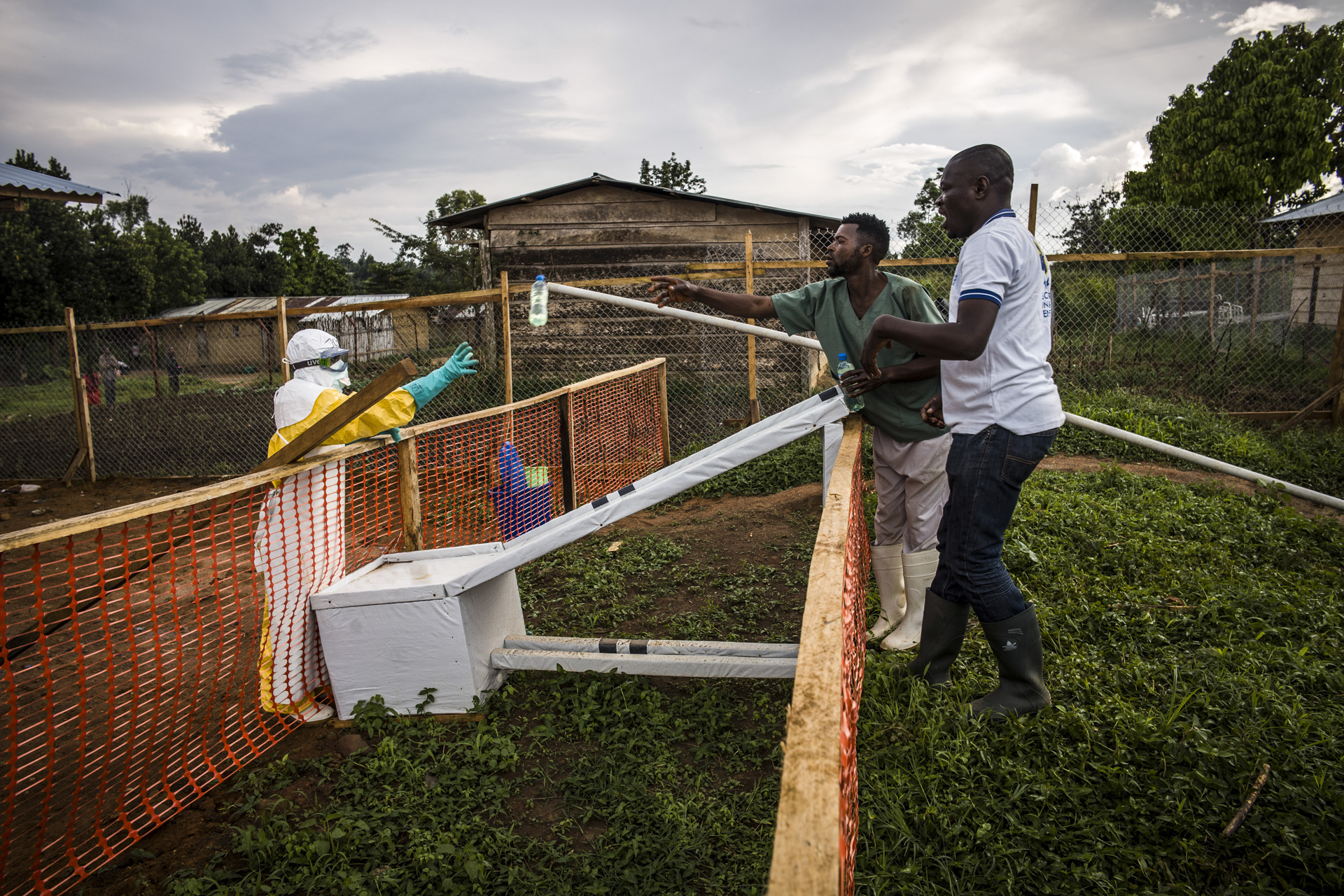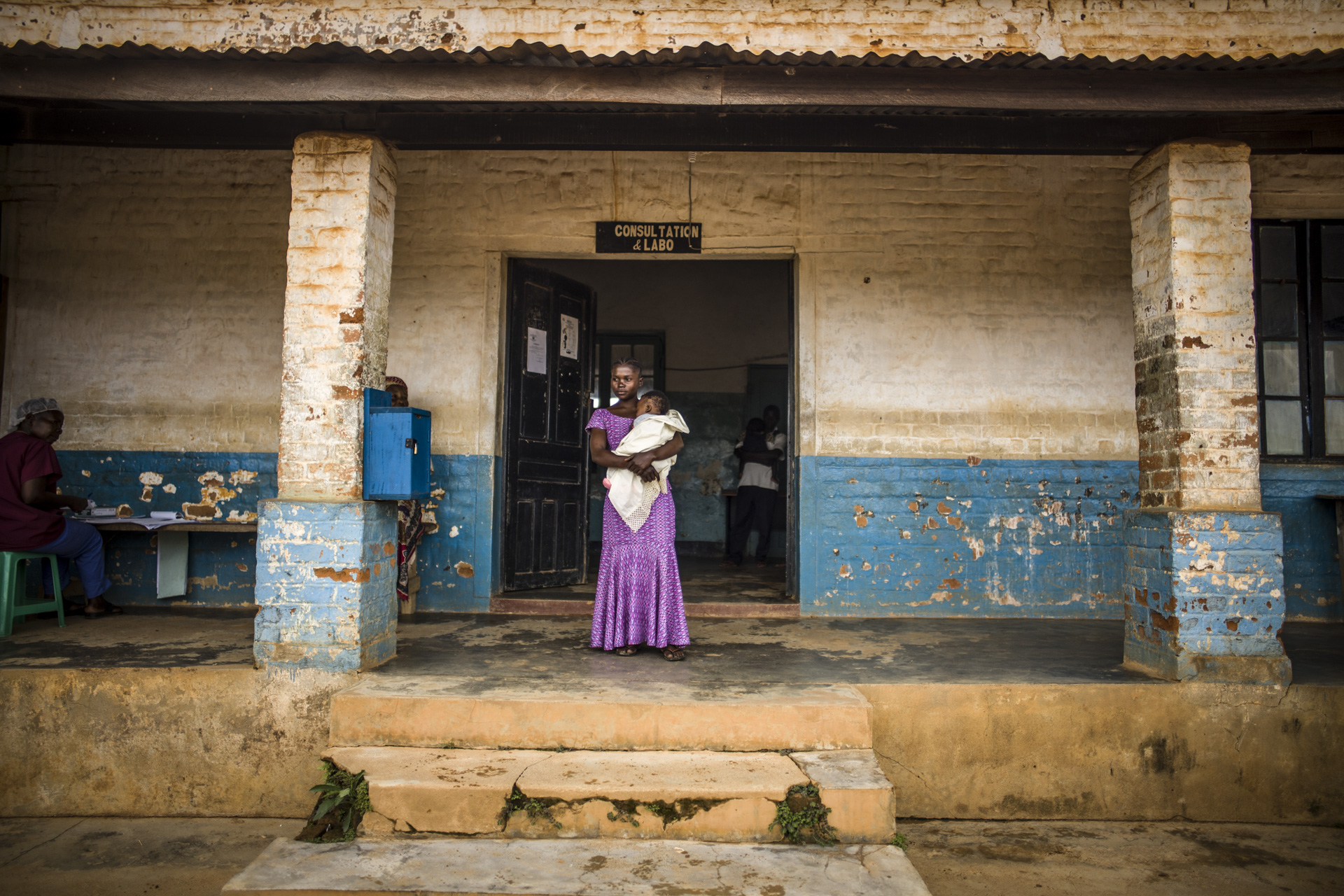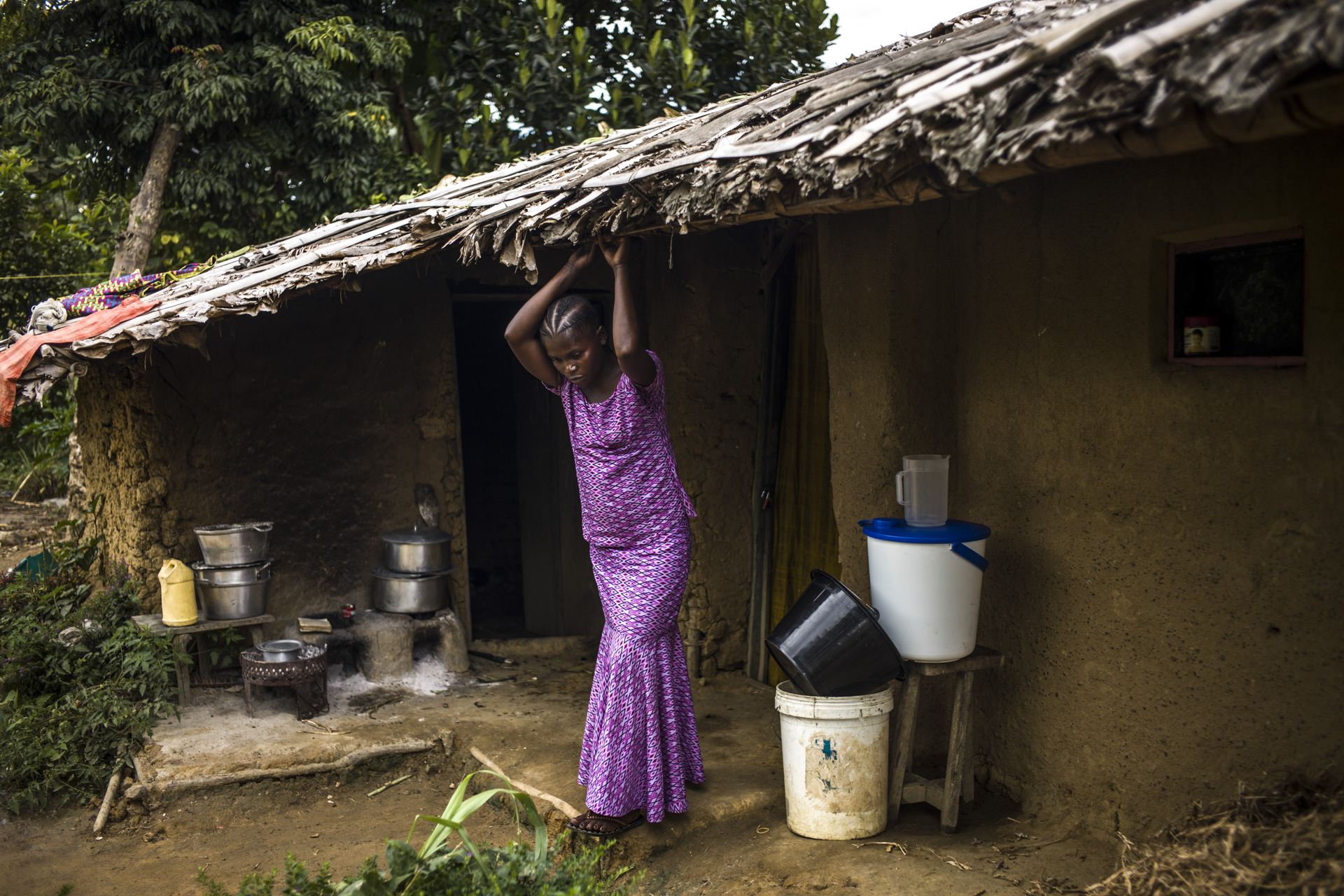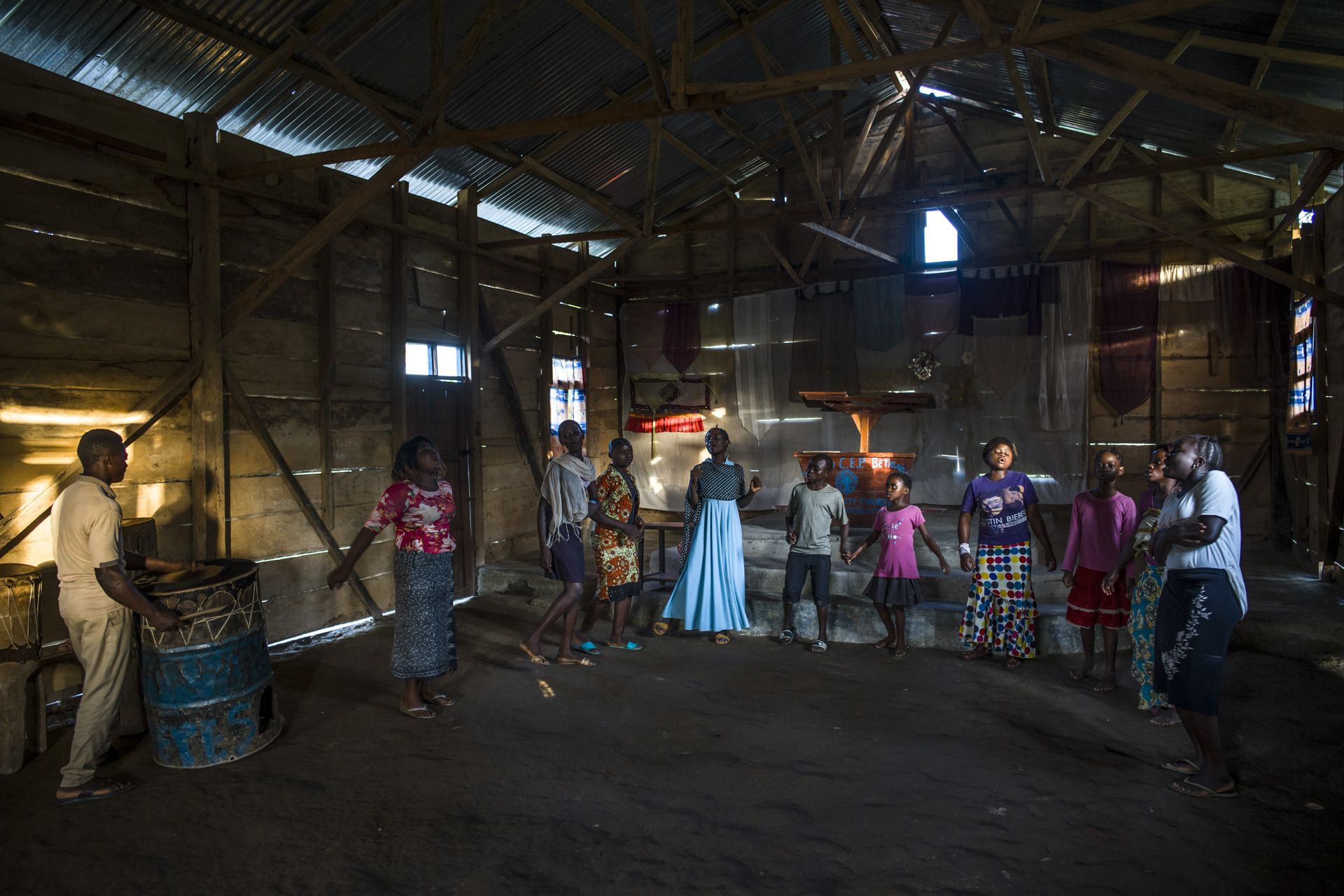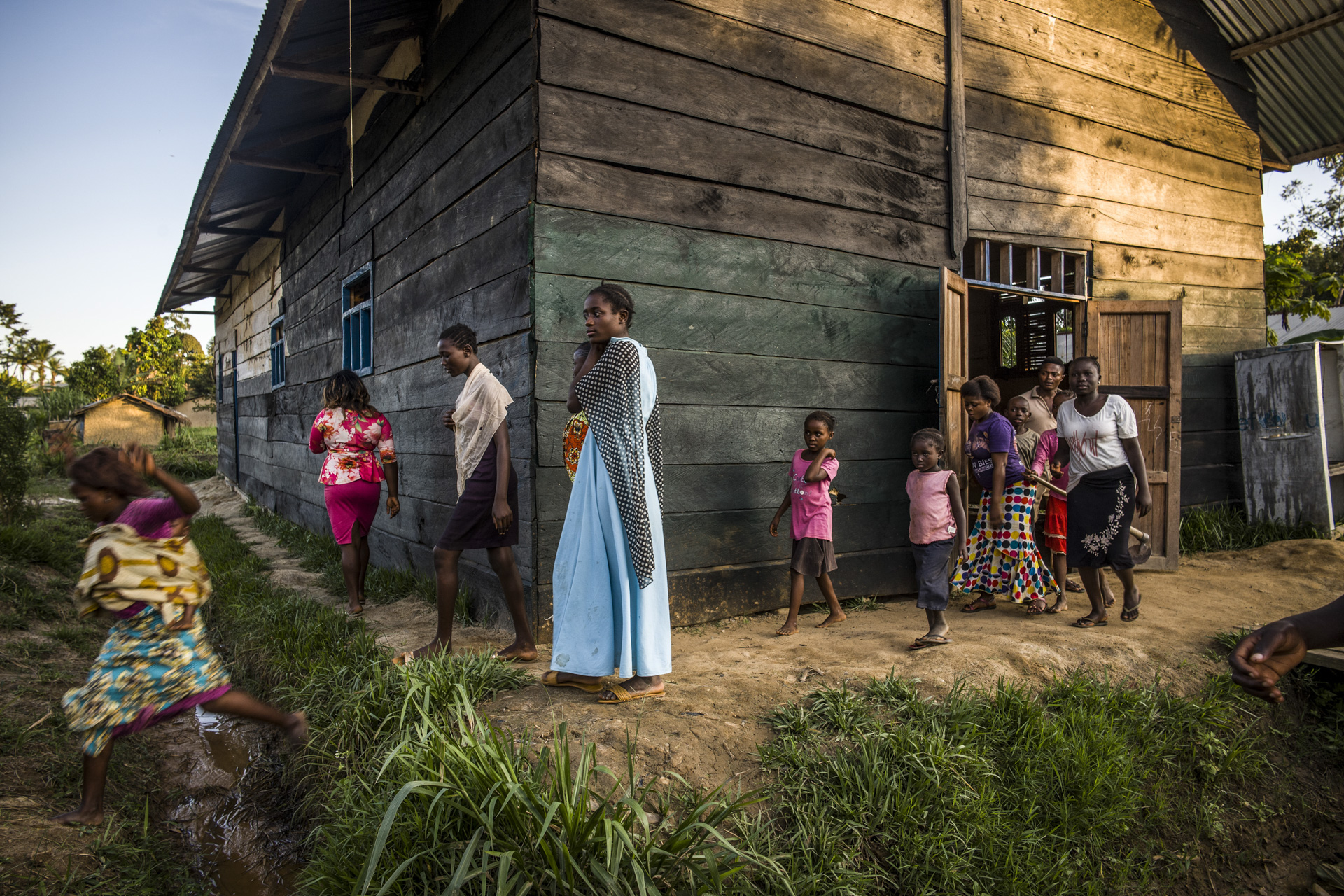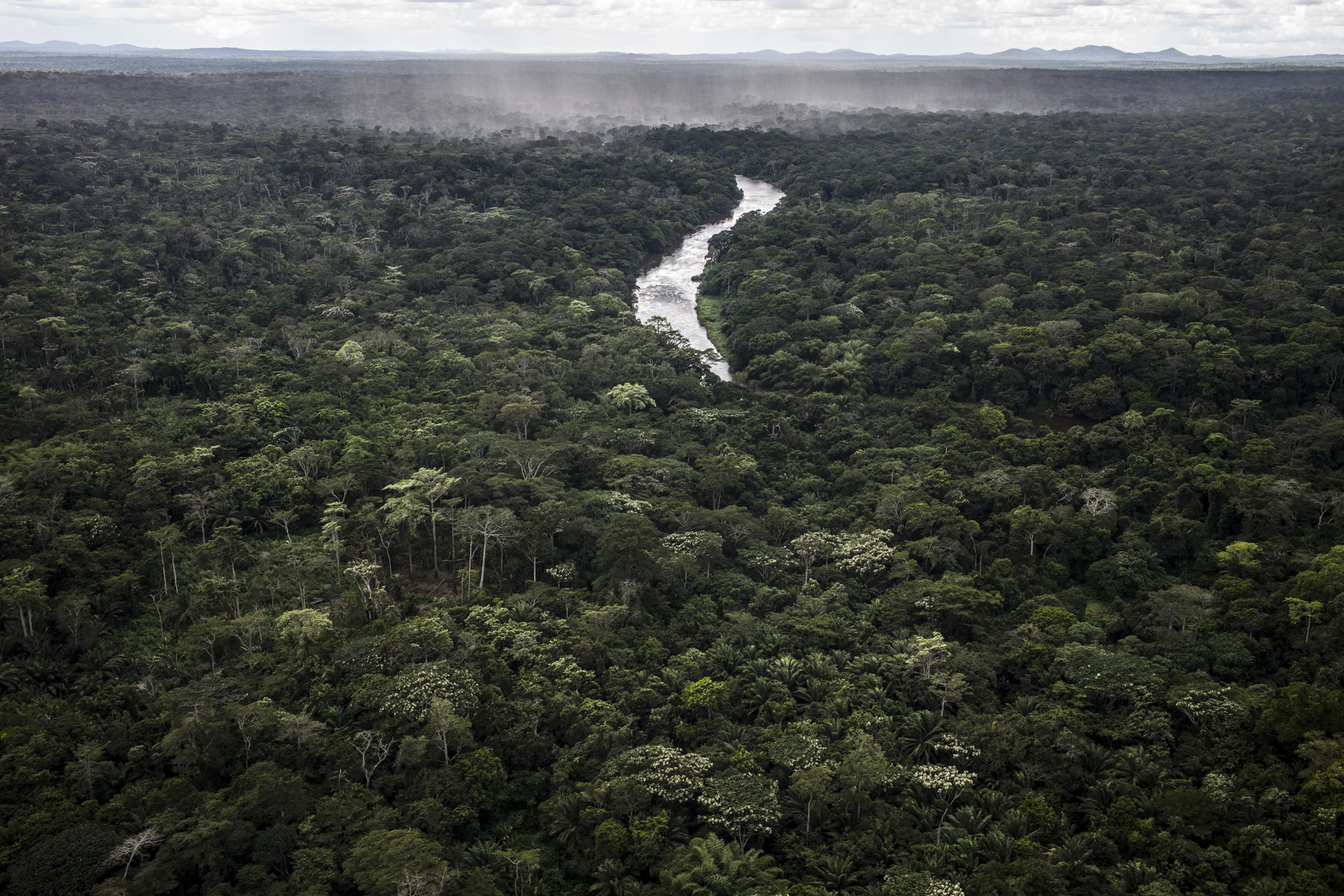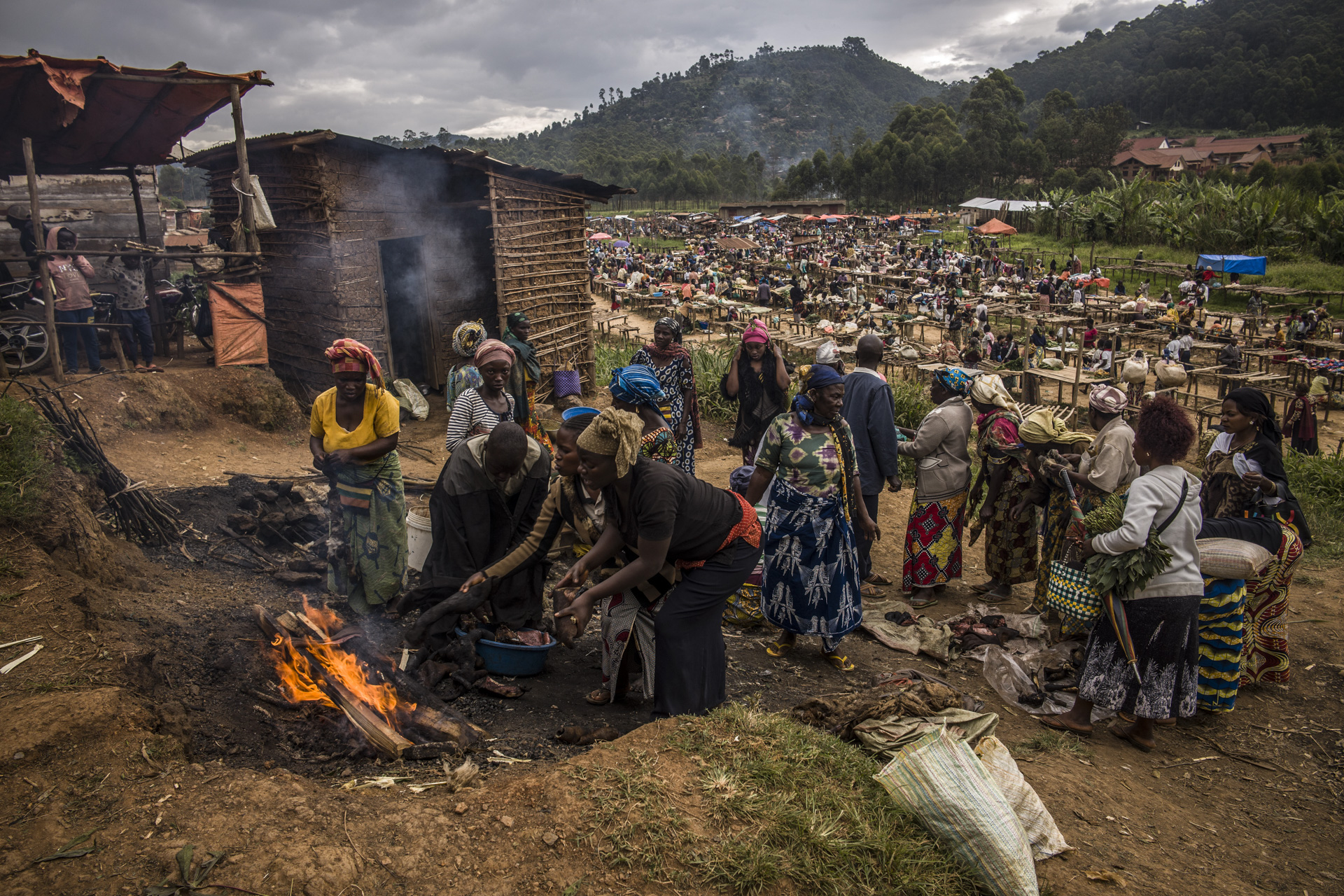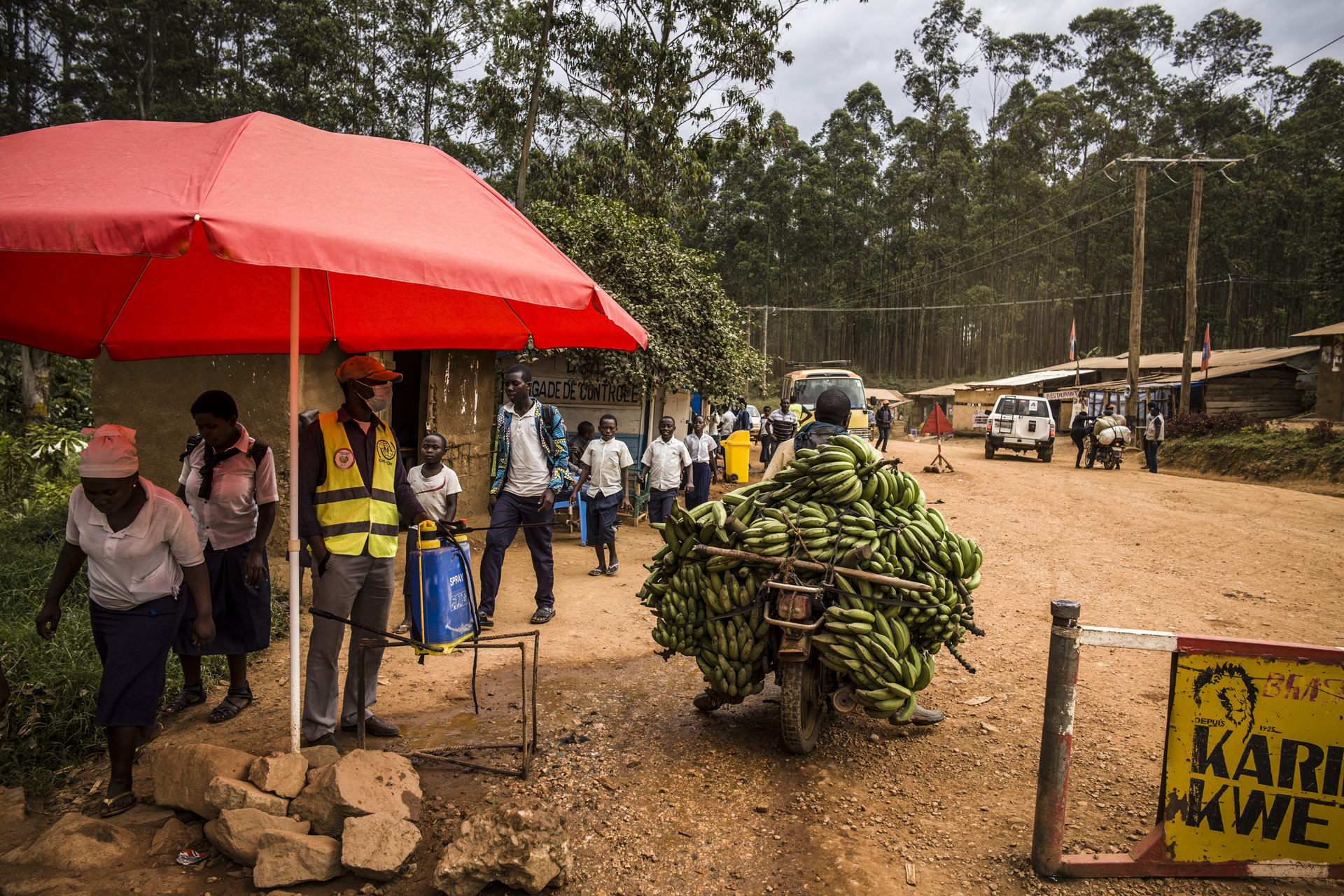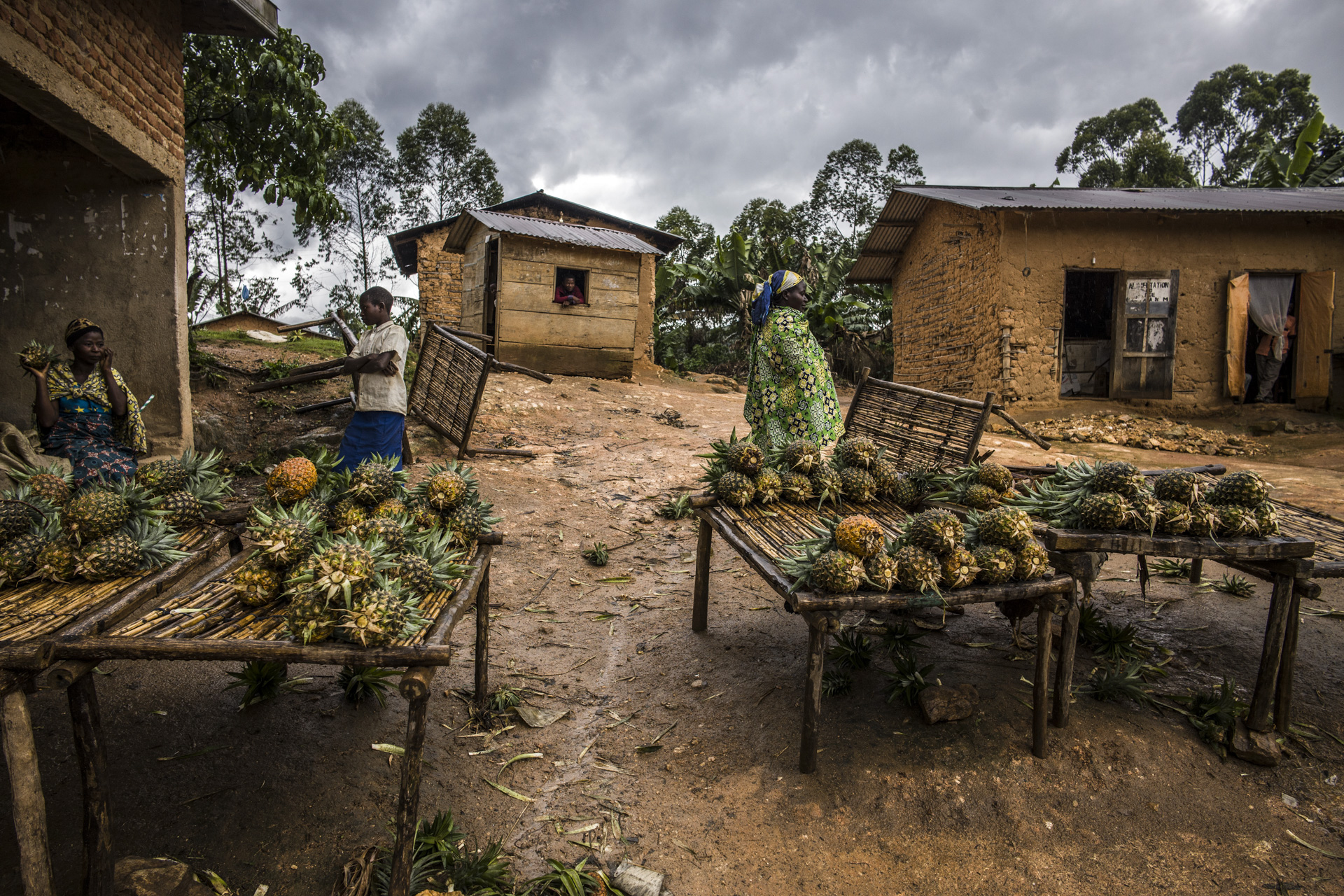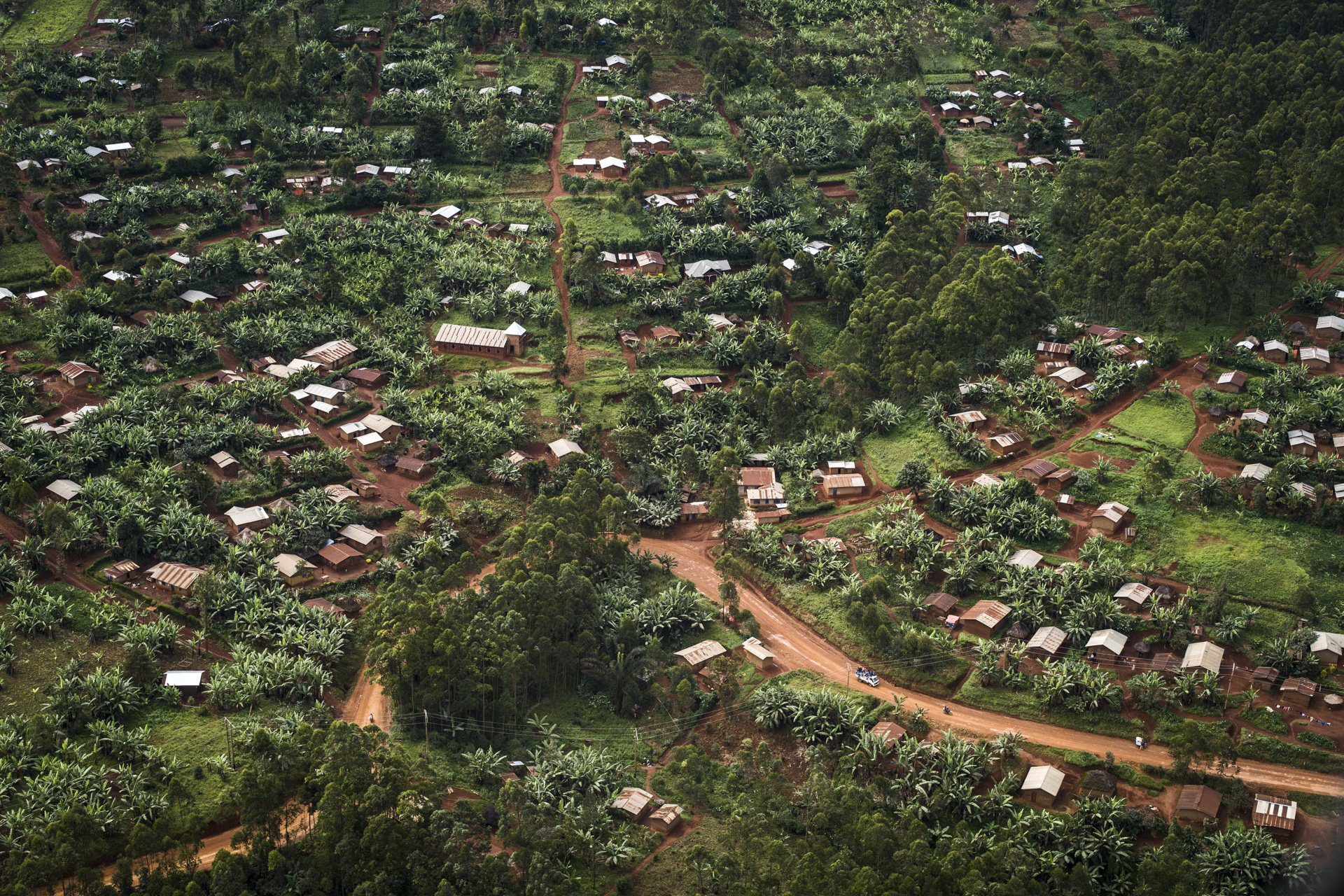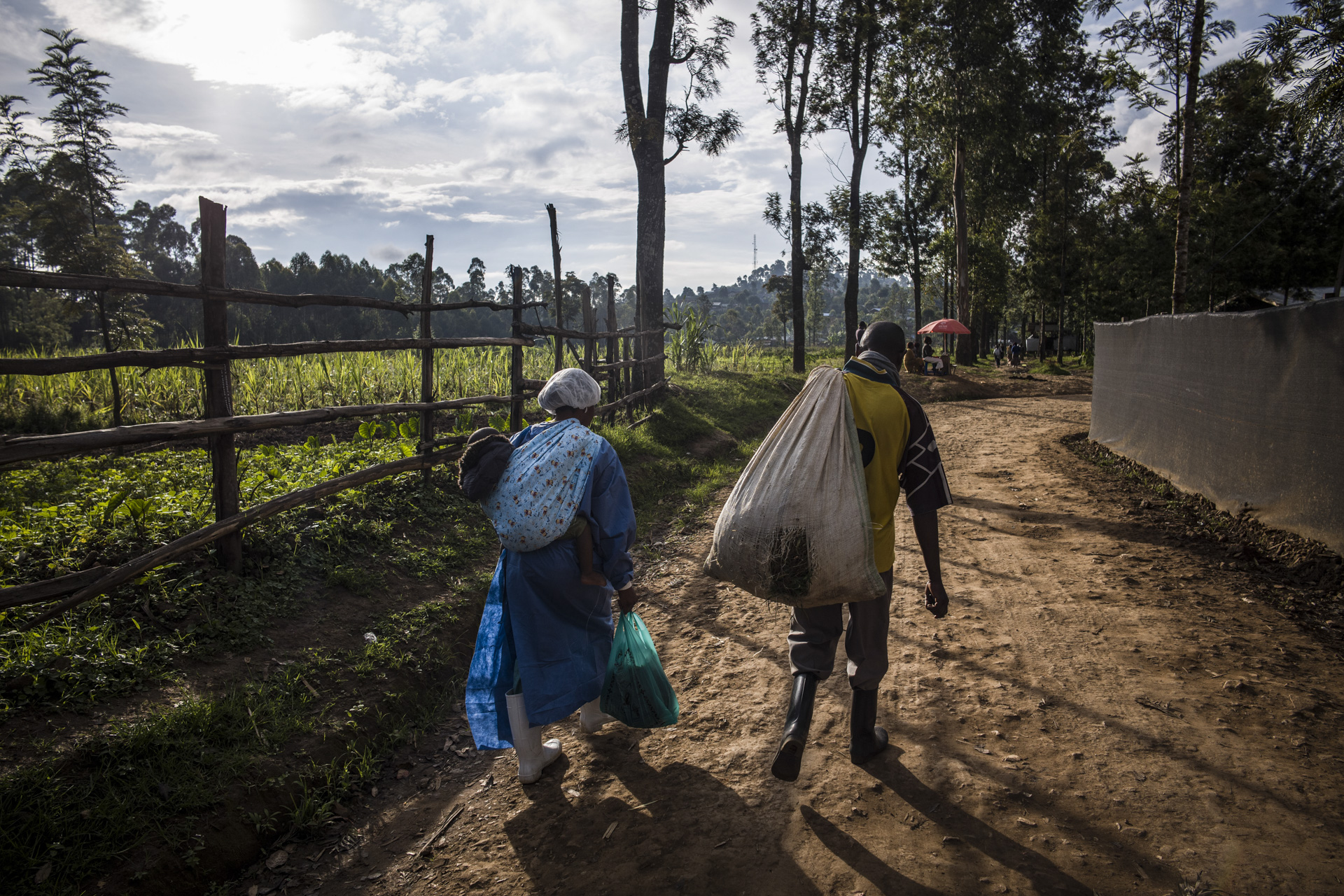Seen from the sky, they are invisible. The majestic and proud Democratic Republic of the Congo does not easily show its wounds. The United Nations helicopter leaves Goma – the capital of North Kivu- – and tilts first, before the Niyragongo volcano, an austere colossus of basalt dormant since 2002. It then flies over the blue-gray waters of Lake Edward where the dugouts compete for the fish. Then the deafening noise of the blades engulfs the lush plains of the equatorial jungle of Virunga National Park, the oldest forest in Africa. A mosaic of impenetrable greens and lianas, from which thick clouds of fog escape. A land full of water, gold and minerals in which a new plague is taking root: Ebola.
More than 3,400 confirmed cases and 2,239 deaths since the start of the epidemic on August 1, 2018. Hemorrhagic fever has permanently settled in the east of the country, a region already traumatized by two decades of conflict and daily violence due to the presence of rebel armed groups. According to local authorities, more than 200 people have been killed in the Beni region (North Kivu) since the launch on October 30, 2019 of military operations against rebels of the Allied Democratic Forces (ADF).
In turn, the Ebola virus divides neighborhoods, breaks up families, sacrifices siblings. The distrust (even rejection) of the population towards the medical teams in charge of the fight against Ebola made the medical response difficult.
But this epidemic is not only told in front of shrouds or behind protective glasses. Patients who have recovered become nurses, caregivers will do anything to save lives, couples unite, some sing, others pray. And every day, life, bubbling and resilient, takes over.
Reporting locations:
Beni, Katwa, Butembo (North Kivu)
Mambasa (Ituri)
